
(NB: I recently wrote a very long foreword on the subject of this article. I wrote about some of the worst causes of climate change, hence giving context to why the solutions here matter. Give it a read?)
Here comes the hard part. There’s a reason for why this is split into sections: so that if this part never gets written I can just do a quick title change and the outcome is a standalone post. The solutions. They are difficult, and the more ambitious they are, the harder it is to eat our words. What actions can we take to prevent further catastrophic environmental decline? Will the result of those actions be sustainable?
Here I’ve curated a list of the top ones. The best things we can do to deter our potential downfall. Each one will likely get a separate post in the future, depending on how excited I get.
Clean Energy

Controversial or no? No matter, new research has shown that using currently available technologies, we can meet all of our energy needs for heating, electricity, and transportation through 100% clean renewable sources by mid-century (source).
Based on this fact, I’m going to break this section down into some crazy-sounding solutions, let’s go:
1. Power the world from space/the Sahara desert
This is possibly one of the largest reasons I chose to write this post series in the first place. The truth is, I have been completely mesmerised by the idea of a planet which gets ~100% of its energy from renewables, and where all of this energy is harnessed in a place that is:
a) easy to maintain and access,
b) efficient in generating power,
c) has a plan B.
Obviously (obviously) our present day technological limits mean that neither Space nor the Sahara desert are immediate favourites per criteria a).
However the Sahara desert solution has been receiving a great deal of hype lately. In fact, something like this already exists. Called the Noor (meaning “Light” in Arabic) Power Station, it is located in Morocco, in the middle of nowhere.

Source: IB times
We need to clear on one thing here: this thing is huge. At the stage of completion, it covers an area of 2500 hectares. That is 25 kilometres squared of solar panels. It’s larger than three of the world’s smallest countries. Combined. I can’t think of anything more beautiful :’).
Although the first phase (Noor I) of the power station went live in February 2016, the entire project (consisting of four phases) will only be completed around 2020 with Noor II and Noor III scheduling to start commercial operations in 2017 and 2018 respectively. At that point it will be the largest solar farm of its kind in the world and will be visible from space. The first phase, Noor 1 CSP, has a power generating capacity of 160 megawatts, which will increase to 580 megawatts by its completion. This would be enough power for a city of 2 million people, with plans to increase the solar capacity to 2 gigawatts by 2020. The development of this “solar city”, so to speak, is part of Morocco’s self-proclaimed “ambitious” campaign to generate 52% of its energy from renewables by 2030. This project is set to reduce GHG (greenhouse gas) emissions in the region by 19 million tons in 25 years, along with increasing the energy independence of the country, which currently relies on imported sources for 97% of its energy consumption. Moreover, the plant will be able to store solar energy in the form of heated molten salt, allowing for production of electricity into the night (Noor I comes with a full-load molten salt storage capacity of 3 hours). However unlike its later developments, Noor I will rely on a wet-cooling system to keep its panels dust free. This will require approximately 2.5 million metres square of water, likely to be sourced from the nearby Atlas mountains.
It should be made clear that this power station uses CSP (concentrated solar power) panels rather than PV (photovoltaic) panels. CSP panels generate power by causing steam, to turn turbines to generate electricity. Photovoltaic panels, on the other hand, work by allowing photons, or particles of light, to knock electrons free from atoms, generating a flow of electricity. I believe that in the longterm PV panels will be more beneficial if we are talking about larger scale projects concerning bringing power to the entire world. PV panels have benefits worth considering in areas where CSP panels fall short. For example they require very limited maintenance and their water consumption for operational needs is also minimal. Panel production costs are also falling rapidly because of mass production, and they generate electricity even in the case of a cloudy sky (source). For other reasons which will, at some point, be curated into a separate post, I will be focusing on mainly solar PV panels for now.
The goal is to blanket a portion of the desert region with photovoltaic panels in order to have them absorb photons from the sun.
How many solar panels does it take to power the world?
As illustrated, the squares on the map depict the locations we could place these mega “solar farms” based on the 2030 projection for our energy consumption. They look quite fine compared to the map of the world, but considering that on this map the gigantic Noor Power Station would be nothing more than a pixel, they are actually massive. You will also notice that the majority of the locations are in areas of the world which receive a lot of sun, more an essentiality than a convenience.
How much energy does the world consume?
Total World Energy Consumption in 2013, not including energy from food, as documented by the IEA (International Energy Agency) was 9,301 Mtoe (Metric Tonne of Oil Equivalent, one Mtoe is equal to approximately 42 gigajoules), or 3.89 × 10^20 joules, equal to an average power consumption of close to 15 terawatts (1). There has to be a source which can fulfil our energy demand as our populations grows and our civilisation develops. Arguably this source of energy must be the sun. Let me show you why.
The Sun? (not the newspaper)
First of all, it is the most direct form of energy we can harness. Almost every other form of energy, renewable or non-renewable, either directly or indirectly derives its energy from the sun to begin with. Therefore, just like the concept of a hydrogen car is less efficient than an electric car as the energy for the former takes longer to derive than the latter (due to the enormous amount of energy required to compress, store and transport the hydrogen fuel in the first place, as well as efficiency leaks), it makes more sense for us to turn to a primary source for our energy. This will make us far more efficient as energy will not be lost along the way (like it does when it travels from one form to the other), and instead radiated directly down and converted into electricity after contact with the solar cells.
More power from the sun hits the Earth in a single hour than humanity uses in an entire year.
But what does solar radiation look like in numbers? The Earth receives 174,000 terawatts of incoming solar radiation, of which about 30% is reflected back into space. The total solar energy absorbed by Earth’s atmosphere, oceans and land masses is approximately 3,850,000 exajoules (EJ) per year (2). A recent estimate conducted by the United Nations Development Programme, UN Department of Economic and Social Affairs, and World Energy Council found that solar energy has a global potential of 1,575–49,837 EJ per year. This estimate takes into account several limiting parameters, such as technological limits, land usable by humans, average cloud cover and insolation (incoming solar radiation).
Also, a recent study shows that the theoretical potential energy we can harvest from the sun in the forms of solar fuel, electricity and thermal energy is enormous – 89,000 terawatts across the entire globe! This is the absolute maximum, and unfortunately technological limits, such as not being able to efficiently build out and maintain solar panels at sea or in frigid environments, along with the environmental limits, reduces this number down to around 2,500 to 7,500 Terawatts. And that is just within our current technological limits. Recall that our world energy consumption is around 15 terawatts at the moment, and it becomes clear that the solar energy we have practically on our cosmic doorstep can be even today exploited to sustain us with energy far beyond our current usage. It’s also worth noting that the next largest beast is wind energy, coming in at 14 terawatts in terms of technical potential according to the same report. Not bad, but considerably dwarfed by solar potential.
Below is another diagram where the black dots represent places where solar panels farms could be inaugurated to completely satisfy the world’s demand for 18 TW of energy.
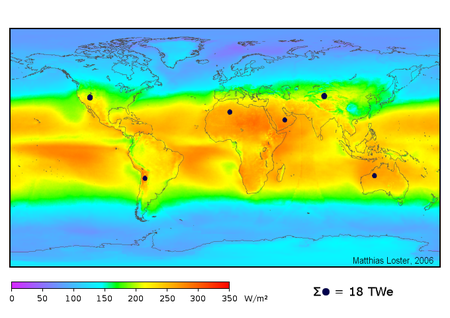
Average insolation in Wm^-2 (source)
I hope that is convincing enough. But we still haven’t answered the fundamental question – how many solar panels does it take to power the world?
The people at Land Art Generator Initiative (where the first diagram is from) calculated that the answer is 496,805 square kilometers of solar panels of our current technology (191,817 square miles). That is the area about the size of Spain, and clearly not as large as the Sahara desert. This again is based on far future predictions of exponential energy demand growth.
On research I stumbled upon a potential obstacle standing in the way of any kind of hard-engineering clean energy development: the big P.
Naturally a lot of borders are to be found in the Sahara desert. Given the turbulent nature of politics, we can not always assume that our solar plan will be taken with ease by everyone. The United Nations estimates that deforestation takes place at around 170,000 square km per year. If solar panels are to be constructed at a similar pace, then the energy crisis on the Earth would be resolved in just three years. At this rate, political doubt and insurmountable complications could arise which would be devastating to the entire project. If they truly cannot be overcome, a place we can turn to (which is, let me say, not easier at all) is Space.
Yes, above our hemisphere, (just) beyond the pale blue dot, humanity has not managed to claim anything for it own. This presents opportunities for unprecedented energy harvesting, owing not only to the minimum/lack of potential political rebuttal, but also to the considerable lack of diffusion by an atmosphere, thus yielding a higher harvest rate and longer harvest periods due to almost constant sun exposure.
There are numerous other benefits to a space-based power station. They include:
The aforementioned, nearly uninterrupted, streak of direct solar radiation. It is always solar noon and full sun there. Comparatively, most of the Sahara desert gets between 9-12 hours of sunlight maximum, depending on the time of year. Moreover, a considerable amount of this is not absolutely direct, hence cosine losses occur due to the earth’s rotation. The intensity of the sun’s radiation at the distance of 1 astronomical unit (the distance from the earth to the sun) is 1600 Wm^-2. However only 250 Wm^-2 actually bypasses the atmosphere, or just 15%, which is phenomenal, and shows how much more potential there is beyond our stratosphere to harness solar radiation.
The also aforementioned lack of atmosphere in space. At the moment, a considerable amount of solar radiation is lost when it is reflected back into space; it is obstructed and diffused. The vacuum of free space will ensure a greater rate of collection than for ground-based solar farms.
It will free up land space on earth which could be used for other things. The area-usage to benefit ratio increases vastly once you get up into space, as theoretically fewer panels should be required to deliver as much solar power as would be required by more panels on earth. Arguably less-importantly, the cost benefit per panel would also increase if we incorporated space-based solar power; researchers have estimated that the net present value of the future cash flow generated by a typical space-based solar satellite is over $8.5 billion (3). These solar panels would be more efficient in space than, say, placed on someone’s roof on the ground. On that note, it would also solve the “not in my backyard” problem (more prominent with wind turbines).
Lastly, because the earth’s gravitational pull is inversely proportional to the square of the distance from the centre (i.e the further away you are from the centre, the weaker gravity is), lighter materials with a larger-surface area could be used – something not feasible on earth (3). This will potentially further bring down costs of manufacturing, development and launch.
Geo-stationary Orbit
The solar panels will orbit the earth like satellites in geostationary orbit. For us to feel the benefits of having solar panels in space, the geosynchronous orbit is the most effective one to ensure maximum sun exposure. Located at nearly 36,000km above mean sea-level, a satellite at this height not only stays above one location on earth at all times (hence the term geosynchronous), but also eclipses for a maximum of 72 minutes. That is only 72 minutes completed obstructed from the sun. With a maximum shading period like this (only 0.7% of the time!) compared with an average 12-hour darkness period on earth (at the equator), this is not too bad. The geo-stationary factor, as we will see later, turns out to be extraordinary useful for the power transmission back to earth. But that’s spoilers.
Design
There are several concept designs put forward for this solar station. As previously mentioned, most of them take on the form of a satellite body with solar panel “wings” of ginormous area. I think the design needs to involve these elements:
- (Adjustable) Reflectors (mirrors) angled to direct solar energy onto solar cells;
- The solar cells themselves; since there is no “weather” in space, there will be no erosion from precipitation or dust, therefore a wet-cooling system would not require initiation. However the cell grid (and, come to think of it, the reflectors) will require protection from micro meteors and potentially destructive solar flares. Given the nature of a low maintenance requirement for PV cells anyway, a self or remotely operated device should be integrated so the satellite can be protected and repaired.
- The transmission and/or storage device for the energy produced. This will be a separate post.
- (optional) a self-build and/or dismantlement mechanism. This has actually been developed into a fully sound and theoretical concept. The brain-child of Justin Lewis-Weber, an individual who proposed instead the building of self-replicating solar cells on the moon then sending them into earth orbit to absorb solar energy. The idea is that these solar cells would be able to build themselves out of the ample resources on the moon’s surface, lowering the transport costs consequent of sending an enormous amount of cargo up into space.
Words are of course no fun without accompanying photos:
(sources: top left, top right, bottom)
There are many fundamental complications which are tightly interwoven with both the solar power design and the transmission of energy back to earth. These include the idea that the overwhelming difficulty of actually getting the design into orbit, maintaining it, and it being reliable enough to successfully run for a number of decades without unscheduled decommission, will never be outrun by the economic benefit of the project. The launch cost itself is enormous, and funding for it is banking on the incurably large faith that these things will actually work, which is a risk investors will likely not want to take. However compared to, say, the United States’ military spending in the Persian gulf, the monetary cost is not grand at all (6). In fact the grandest weight within this whole thing is having the courage to take the first leap and invest in the development of a better future.
(Editor’s note: Is this the end? I ran – or rather typed – into a stumbling block when I was writing this part of the article, and found it increasingly harder to do so. All crazy-sounding and sometimes revolutionary ideas have points for and against them, and doing research swayed my own opinion on the Space-based Solar Power initiative to the point where it got very difficult to continue writing with positivity and enthusiasm. In other words, sometimes the idea sounded like it was pretty bad. Nonetheless, if you are reading this sentence, I decided to polish off this section on SBSP, with the intention of developing it somewhat in another post on power transmission – a very central part of my own enthusiasm towards renewables – as well as focusing on the rest of the current post. Moreover, I’ve decided to leave this editor’s note in, as a curious reminder of the complexity of the matter at hand.)
2. Development towards highly efficient energy storage and transfer over long distances
NEW POST COMING SOON! – How to become Type I (This will go blue when it is published)
This is so important for every clean energy solution written about here. Virtually any kind of advancement towards a fully functioning Type I civilisation (according to the Kardashev Scale, a system developed by the Russian astrophysicist Nikolai Kardashev to measure a civilisation’s advancement by their energy usage, production and storage, we are between 0.7 and 0.72) will rely on how we transfer our energy. Therefore a critical step in our expansion needs to involve how we use our energy, and it needs to also somehow obey the laws of physics at the same time.
NB: I’ve decided to create a separate post on the particular idea of energy transmission. More on that soon.
3. Push governments to enforce Green Energy laws to go beyond UN targets
We do not have the liberty or time to debate climate change – Philip Levine, Mayor of Miami Beach.
This one is critical, and has become more critical yet to me after I watched ‘Before the Flood’. A central part of our evolved organisational skills which define us as a species is democracy, or at least our ability to come up with the fictional concept of soveregin states, municipalities and various forms of government. The way we are governed as a public is very much a two-way street. Our collective beliefs influence what the politicians do and say in order to get our votes. It may not seem like it to an individual, but in a democratic society we are more in-control than ever. This gives us the unprecedented responsibility to make sure that what is reflected in our elected is a drive to combat climate change as individual sovereign states working together. As of a long time, there has been a suffocating culture of climate change scepticism, largely fuelled by the tremendous force of the fossil fuel industry . There are complex economical strings which must be pulled if you enter this domain, but the problem can be summarised in the simple (almost anecdotal) fact that the USA, the second-biggest polluter state, cannot pass any laws on climate because the overwhelming majority of congress are enormous beneficiaries of a few key players in the fossil-fuel industry. The house of representatives is filled with people who are funded by the fossil-fuel industry to deny climate change. This is despite the fact that 97% of scientists – specialists who have dedicated their lives to researching the matter – agree the globe is warming and our climate is changing.
“There are some people who are so arrogant to think they are so powerful that they can change climate” – James Inhofe, Chair of the US senate environment committee and one of the largest recipients of fossil fuel money in the US senate.
One of the good things that came out of 2015 was the UN establishing its 17 Sustainable Development Goals; a comprehensive list of investments we need to make in our future.
I’m going to focus on these two which are most central to the climate problem.
Goal number 7 is to ensure access to affordable, reliable, sustainable and modern energy for all. This involves a number of things which need to be completed world-wide by 2030.
These are things that go along the lines of insuring universal access to reliable energy services and increasing the share of renewable energy in the global energy mix. There are standard, figureless goals on doubling the rate of energy efficiency improvement, as well as more complex attempts at mobilising the world, such as the goal to enhance international cooperation to promotion of clean energy research and technology. Lastly, there is a goal to expand infrastructure and upgrade technology to supply sustainable energy services in LICs.
Number 13 is a much more substantial issue, and in my opinion the targets imposed are, conversely, relatively sub par. I have created a fun-filled summary list of the goals:
- Strengthen resilience to increasing climate-related hazards;
- Increasing education on climate change, particularly focusing on promoting mechanisms for climate-change related planning in LICs;
- Integrating climate change measures into national policy;
- Fulfil commitment to raise X amount of money as per an agreement to address needs of developing countries in the contest of actions taken towards sustainable energy.
I believe that while the goals on this particular issue mean well, they are the absolute minimum of what we absolutely need to do immediately to prevent catastrophic consequences, such as a global temperature rise above 2 degrees C. The lack of assertiveness, facts and figures is primarily observed when we address our world as a whole. It’s very politically correct, very stable and dull – the affirmative steps where we pick through the tiny details are all left up to us, after all, the United Nations has more than these two goals to worry about. We are the public need to motivate ourselves, armed with the facts and figures thrown at us every year by scientists, increasing in intensity. With these facts we need to demonstrate to our governments that we care about the most imminent danger to our species and hence need to take action. Whether this comes in the form of coming up with a carbon tax, or initiating a program for the development of renewable energy plants, this must come from us, because there isn’t anyone else. We cannot let our government be composed of people like James Inhofe, pulled at the strings like puppets by mega corporations who have nothing but instant gratification in mind, no matter the cost. We need to counteract this movement of scepticism by encouraging the spread of information that is coherent to solid scientific evidence, to ensure that we are the public are not deceived by individuals of high status which have been bought like brands to help sell misinformation.
“There’s about as robust a consensus about human-caused climate change as there is for any matter in science, be it the theory of gravity.” – Dr Micheal E. Mann, distinguished professor of atmospheric science, Penn State University
4. Make clean energy prices cheaper and most stable than fossil fuels
This is quite ambitious, it would have perhaps been better to rephrase this one as “Recognise the greater value in investing in renewables”.
If the past 3 points have been leaps (maybe not?), then this is a nose-dive – and right into the heart of something I probably don’t actually understand. We love fossil fuels, and consequently investors love fossil fuels. As I mentioned in the prologue, the value of the fossil fuel industry is gigantic. However fossil fuels have economic and political disadvantages. They are finite, and this causes their sourcing to unstable. They are found in countries which are often not politically stable. And the import of them to countries which lack them naturally causes further cracks of instability in multi-national relations; a country can raise and lower its oil prices to exert power over another. A specific case study is the United States, which still imports 40% of all its petroleum. The altering of prices subject to demand and supply – price manipulation – cost the USA $500 billion a year, which raises the national debt.
Despite the title, renewables are already inherently more stable than fossil fuels because they are an infinite source of energy and hence not dependant not on the amount of resource, but on the means of attaining them, hence proving more favourable in the long-term than the instability and chaotic nature of the fossil fuel market. Renewable energy can expect much more stable prices for energy in bulk, as well as providing increased energy independence, such as the case study example of Iceland. In 2015, global investment in renewables attracted $286 Billion, more than twice as much as fossil fuels (4). This shows the changing attitudes towards green energy as more viable than ever.
By what means can we make renewable energy cheaper than fossil fuels? The big things which need to happen are that the supply of technology capable of delivering renewable energy needs to increase, hence lowering the price. This is already happening with PV panels: they are becoming cheaper owing to increased mass-production. The only way this will happen is a massive investment into the supply of renewables technology, which would be caused by a surge in demand for it – on the promise of a cheaper energy alternative.
The second thing that needs to happen is the technology which these renewable energy generation platforms are based on needs critical advancement in terms of efficiency and the sustainability of their manufacture and material sourcing. If there is confidence in the efficiency of the technology which harnesses energy from renewables, then on a domestic level people will be more willing to install it, and on a national level, governments will be more inclined to invest in it. For example, the efficiency of roof-top solar panels needs to be so good that a household saves more money using them to get electricity than attaining it from the national grid which converts it using a method of, say, fracking. In the best case, a major demand for renewable energy technology on any scale as a result of its outstanding performance and reliability relative to fossil fuels would be a huge win.
Affordability and trust will be prime motivators, but this again won’t be easy. Another motivator which could be introduced is the carbon tax, a way of realising the cost of using carbon emitters. This could be a tipping point which paves the way for cheaper green energy alternatives.
5. Deliver free, low maintenance localised clean energy solutions to developing communities cut off from the main grid.
While a massive solar panel field in the Sahara desert or a huge solar satellite is nice, they are long-term solutions on a global scale. I believe that considerable development needs to be done on a much smaller scale, in places on earth which are remote in infrastructure, yet still inhabited by people.
Around the world, more than 2.5 billion people do not have access to power. For most of these individuals, light and power come from burning toxic fossil fuels such as kerosene, which in turn creates greenhouse gases. In these locations, the benefits received from having ways to generate renewable energy would be enormous. Having electricity in the households of a small community village would greatly increase its livelihood and development. This would benefit local schools and small businesses, provide more jobs, and bring the community up to a standard which must be a right for all.
A realistic vision of this project would be something like SolarCity, but government/UN/charity funded. Also the design of each installment should focus primarily on performance and value-for-money, rather than aesthetic appeal. A loan scheme could also be implemented to provide incentive to fund the project. Smaller, more concentrated solar projects already exist around the world. They come in different formats, from being fully functional solar heaters which produce drinking water out of sea water, to portable solar-powered chargers. Access to a charger which can use energy from the sun is so powerful within communities cut off from the main grid. Access to electricity from solar-powered lamps has already demonstrated to have helped 25% of users increase their income, allowed for increase in study time for children and reduced kerosene spending and consumption (7).
THE WAY WE EAT
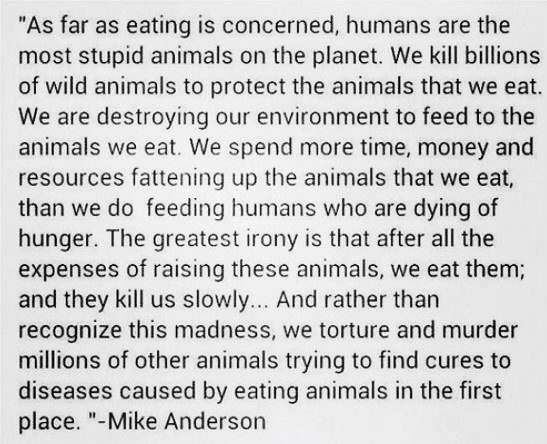
(NB: in the prologue I wrote more in detail about the impacts of animal agriculture)
Over the past few years, scenarios have been explored where the whole world suddenly stops eating animal-based products. Of course everyone on earth immediately going cold-turkey on meat consumption (pun intended) is an extremely unlikely scenario. Even if everyone wanted to, or at least felt morally compelled to stop eating meat, it would not be doable for much of the population. In many societies, the impacts of globalisation and mass animal agriculture has resulted in low quality meat being not only cheaper but more accessible to low-income families. In developed countries, fast-food chains have contributed to the normalisation of a readily accessible meat-based diet. Despite the fact that a balanced, widely sourced diet is much cheaper per serving than a fast-food one*, the status-quo does take precedence over exploring one’s options. Simply, the wide variety of food options outside of animal produce is not commonplace enough to battle the enormous convenience that is an accessible fast food diet. Taking note of, but ignoring, the few religions, cultures and populations around the world where strict vegetarianism/veganism is followed (as these groups are those found in countries where meat consumption is minimal anyway), in how many cultures are meat-free options just as available as their meat counterparts? In a typical restaurant menu, what fraction of the dishes will not consist of a meat-product? Expanding on that, an animal-product? In supermarkets, how many meat-free alternatives (the very notion of them being called “alternatives” suggests how a meat-free lifestyle is still seen as an ‘alternative’ to the social norm) are there compared to the amount of ‘real’ meat (this is only an example, obviously meat-free meat isn’t actually necessary to fulfil the healthy protein intake quote) The answer is still unfortunately few. Despite a considerable improvement over the past decade in expansion of available options, it is still being dwarfed considerably. To induce a domino-effect in the accessibility of meat-free options in the commercial sector, we need to provide commercial food sources with proof that there is demand in this industry, or more simply, more people need to adopt a meat-free diet.
World-wide, there are countless benefits to turning your diet meat-free. Earlier I mentioned that numerous studies had been done on what would happen if the world stopped eating animal-products – aside from greatly reducing our carbon footprint.
We could use land more efficiently. Around 75 per cent of the world’s agricultural land and 23 per cent of its arable land is used to raise animals, through growing crops for animal feed and through the use of pastures as grazing land. If we stopped eating animals, a massive chunk of the 33 million square kilometres of land used for animal agriculture ( about the size of Africa), which doesn’t include that used for animal feed would become available. This is an enormous amount of land that we could use for so many different things. Yes, a chunk of this would have to go back into crop agriculture to feed the growing demand left by meat-eating, however much of it will be replanted with rainforests (which will act like carbon basins), or towards expanding and upgrading urban infrastructure to work towards solving housing problems in urban areas, and providing jobs.
We could solve world hunger. Really. Studies show that a varied vegan diet uses only a third of the land used for a common western diet; additionally 3.5 billion extra people could be fed with the same amount of food going towards feeding livestock. The reason that there are 925 million people suffering from the effects of hunger worldwide, is because there is ‘diminished return on investment’ of feeding livestock in the first place. This is because the majority of crops which could feed that many more people goes towards feeding the food of the few in affluent nations, and the output of the meat is so much less than the input, crop-based food sources dwindle.
Consider the food pyramid. Encouraged by doctors and physicians alike, it shows that a healthy balanced diet should consist of. The bottom of the pyramid: grains, cereals and other carbohydrates are largely considered the core staple of ones diet. There is no surprise that it also correlates to the food chain.
We all know from biology that producers in the food chain (grains, rice, plants) are much more abundant because they are lower down. As one ascends the food chain, approximately only 14.8% of energy gets transferred to the next trophic level (the rest is lost due to entropy, hence limiting a food chain to usually no more than 6 trophic levels). This results in a pyramid like shape, with there being less and less of an organism the further up the food chain you go. Us, omnivores, consuming the primary or secondary consumer is extremely inefficient and loses a huge amount of energy along the way. Taking into account that the world population is expected to rise to 9-11 billion people by 2050 (insuring a growing urgency for food security), if each of us adopted a diet consisting of producers, we could feed every single one of those people. In fact with the figures above, in the present day we could solve world hunger. Four times over.
If we all went vegan, we could also stabilise water security. I mentioned in my last post the unsustainable amount of water used to raise livestock. For example, it takes 15,500 litres of water to produce 1 kg beef, contrasted with 180 litres for 1 kg tomatoes and 250 litres for 1 kg potatoes (5). Currently, livestock farming uses up 70% of the world’s fresh water supply. A considerable amount of this is used for irrigation of crops used to feed livestock which, as discussed above, is orders of magnitude more inefficient than farming crops for direct human consumption.
We could also potentially save our species from a biological wipeout. There has been cause for concern for a while about use of antibiotics in the livestock industry. Antibiotics are extremely overused to treat diseases among livestock – the same antibiotics used on humans – which drives up antibiotic resistance among bacteria leading to the undesirable mutation of superbugs. This is incredibly dangerous as these drug-resistant strains could not only pass onto humans at the local level, but could also lead to deadly and potentially incurable diseases.
How do we get more people to switch to a meat-free diet? According to a study, Approximately 42% of those surveyed who do not eat animal products say that they went vegan after they saw an educational film or video. This is a good starting point, as visuals often convey a powerful and often painful image of the consequences of our actions. There needs to be more education on our need as a species to adopt a more sustainable way of eating. Many will say that they are just a drop in the ocean, and will not do much if they change their diets, but the ocean is made of drops. Instead of counting the futility of their possible actions, why not make their actions count? In 2014 alone, 400 million less animals were killed because there was less demand for meat, in due course hopefully this number will rise. As I mentioned before, the global supply for producer-based foods needs to go up, and their relative cost needs to come down. Out of anything that can be done, each initiative has to have the enormous carbon footprint left behind by the livestock industry in mind, and we need to work towards solving that. The entire world becoming vegan at once just isn’t realistic, so I’ve created a scientifically approve aesthetically simple chart depicting the likely scenarios in the future:
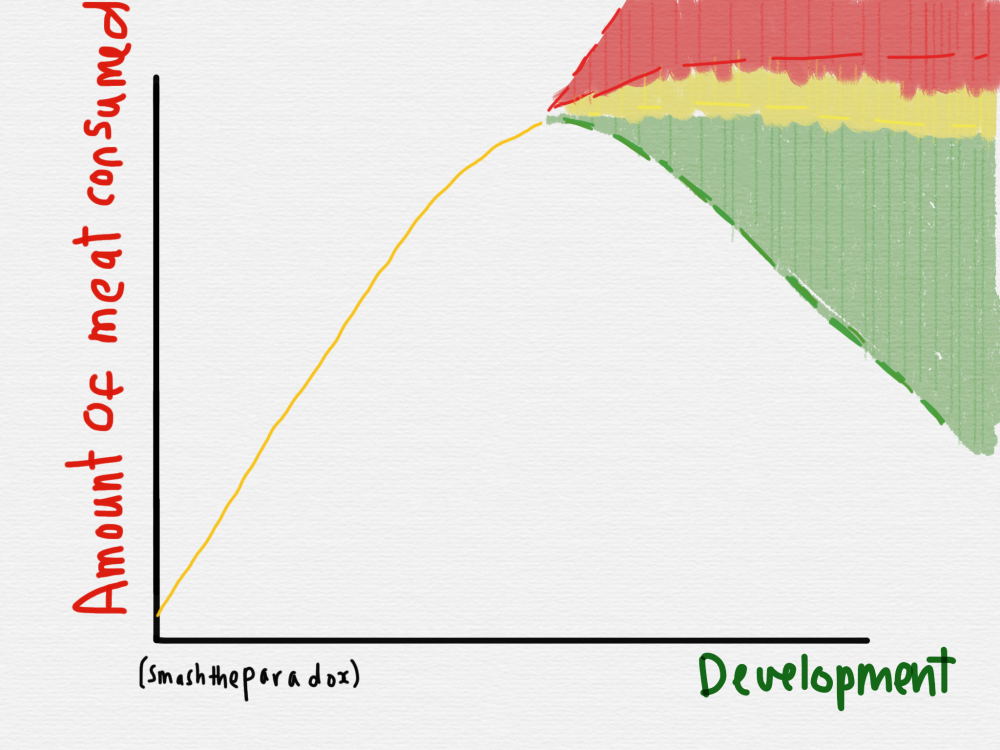
The solid orange line depicts what happens to the meat consumption of a country as it develops. For example, a more developed country has a higher GDP, and hence meat, which is seen to have higher value and hence shows prosperity is consumed in larger quantities. However as it develops further and further, the solid line can split into three scenarios, adopting a traffic light colour palette based on how dangerous each scenario is.
The green area (and the area below it, albeit less likely), shows the best case scenario. That is, a country develops and its meat consumption grows. As it develops, the public experiences an ‘information revolution’ and as a result the country becomes much more democratic, modern and conscious of its carbon footprint. The improvement in education results in more information about climate change and carbon emissions, as well as the local impact of the actions of one’s community. Gradually, as the GDP rises more people are able to afford to explore their options and eat a more varied, healthy diet. Subsequently, in a domino-effect, more people feel morally responsible for the consequences of what they eat and where their food is sourced and they adopt a meat-free or animal-free diet, as the majority of them have the means to do so. The food industry (restaurants, supermarkets) take note of this increasing demand and the variation producer-style choice of food increases, as does the quantity. As a result, there is a decrease in meat demand due to a lower rate of meat consumption, which drops off gradually.
The red area depicts a situation where the meat consumption climbs despite development. This could be due lack of information concerning the damaging effects of livestock emissions. It is quite unlikely to occur, especially at the steeper gradient end, but is very dangerous and would be a contributing factor to a 2 degree temperature rise.
The yellow area is just as dangerous as the red, and depicts a situation where our meat consumption levels out at an unsustainable quantity. In this case the effects propagated by the emissions would not be felt at the same rate. However this does not make living in the yellow zone ok, especially in our battle to combat climate change.
In short, our war here lies with the meat industry, and the unsustainable exploitation of livestock which is killing our environment. In the efforts to reduce meat consumption, there will be rebuttal from the industry, just as there was from the tobacco industry when the facts of smoking became widespread, and from the fossil fuel companies as they realised their fate for years to come in the face of a new green energy norm. We need to focus our efforts in spreading information about the benefits of an animal-free diet, in order to increase the demand for vegetarian and vegan lifestyles in the first world. In LICs, we must organise food initiatives which focus on subsistence farming of crops, as well as widespread availability of (potentially imported) crop-based foods.
*there has been conflicting research on this, some sources claim a healthier diet is actually more expensive, which is, I believe, why so many people are confused on this issue. Many of these studies are actually conducted based on the cost per 1000 calories – which naturally leads to fast-food being considered more affordable. However a high-calorie diet does not translate to a healthy one, and as pointed out by the New York Times, obesity from habits of eating fast food often correlate to low-income backgrounds, who have been let down by the high prices of eating in a sustainable way.
WASTE
The United States isn’t the whole world, but as a guideline, Americans generate 10.5 million tons of plastic waste a year but recycle only 1 to 2% of it. More than 5 trillion tons of plastic weighing 246,980 metric tons is estimated to be somewhere in the ocean, which accounts for the death of millions of seabirds and marine animals every year. This is catastrophic and unacceptable. Moreover, despite most of the plastic that we have ever made still being around today, the small percentage that isn’t in the oceans or in a landfill site is incinerated, a process involving the combustion of the organic molecules that plastic is made of. This is a highly toxic process, releasing harmful dioxins into the air, hence contributing to GHG emissions stats. Moreover, the process required to manufacture standard plastic for domestic use (for example polyethylene) contributes to carbon emissions as well. The carbon footprint of plastic is 6 kg of CO2 per kg of plastic. This adds up when taking into consideration the rate of plastic consumption per person per year. It’s worth nothing that plastic holds for 6% of world oil consumption too – a resource which we will not have forever (source: Pusch, Thema Umwelt, 1/2009, p. 3).
What can we do here? While the use of plastic packaging is by far not the biggest contributor to climate change, I thought I would include this section here anyway. As our oil reserves deplete gradually over the coming decades and the world converts largely to renewable energy, it would be wise for us to start considering how to consume our materials smarter.
We need to recycle more. 56% of recycled PET finds a market in the manufacture of carpet and clothing. 29% of recycled HDPE bottles go into making new bottles, as well as other plastic goods. The energy saving from recycling one plastic bottle could power a 100-watt lightbulb for an hour or a computer for 25 minutes. NAPCOR (The National for PET Container Resources) reported that 369 million pounds of recycled PET bottles were used in 2013 to make new food and beverage bottles (8). Recycling is not pointless, recycling has benefits. Recycling seems to be the most sensical and efficient way of going about our plastic (and paper) disposal. SO why is the figure for recycled plastics so low?
Years ago, in my primary school I attempted to set up a recycling scheme, by asking if we could have more bins dedicated to recyclables like plastic and paper in our recreational grounds as well as in classrooms. To my dismay (along with the dismay of those who were as enthusiastic as I was), I was told that “plastic and paper make up the minority of things thrown away”. In hindsight, and even then, this seemed a ridiculous dismissal of a common-sense approach to tackling our waste problem. And to be told, that in a school, where paper waste is thrown away on the daily, approaching this problem by putting recycling bins around the site was somehow going to be futile is obviously rather vacuous. Perhaps this was due to lack of information or motivation, and both the former and the latter must be overcome if we are to encourage widespread recycling in our (learning) institutions.
There are some amazing resources online such as Recyclenow, Recycling Guide and Recycle More which are UK specific and offer advice on where to recycle just about anything, as well as showing specifically what recycling facilities are available in one’s local borough. This needs to be advertised more widely as a public commodity; sites like this need to be taken as seriously as government agencies and legal information resources if we are going to up the statistics for the percentage of recycled items and cause widespread change. Furthermore, other countries which are behind in the recycling game need to take note of the effectiveness of this resources and introduce policies involving recycling. The collection of recyclable products could be done at the same time as general waste collection, and would generate tens of thousands of new jobs nationwide. Along with policies, there needs to be more attainable information on which materials are recycled local areas, and which are not. The concept of needs to be almost second nature if we are to combat our waste problem. Public and private institutions need to introduce recycling points (they can be as simple as recycling bins in every office or every classroom) which should be encouraged (where need be) by government funding. Recycling a plastic should not be an afterthought, but rather almost instinctual if we serious about cleaning up our planet. Period.
I also came across this concept of going plastic free. It’s a near impossible feat considering the fact that almost everything we buy comes in either plastic packaging or has plastic elements in it. However, Ecowatch has come up with 10 ways to go plastic free, mentioning some of the ways that we can collectively rise above plastic.
Some of these we already do as per our technological evolution. The majority of us already listen to music and watch movies digitally, rather than buying plastic CDs/DVDs. Others involve adopting a lifestyle of reusables: using thermos flasks and durable plastic boxes for carrying foods and beverages, and buying reusable cups and convincing Starbucks baristas nationwide to fill them instead of the plastic-lined paper ones. Just like changing our diets, this act is personal, but on a large-scale will have extremely beneficial effects. Currently, going completely plastic free is somewhat of a long shot, but I have left the concept here nonetheless.

Well, there we go. To be honest, this is only the beginning. I am really passionate about the steps we need to take to save ourselves, and specific solutions mentioned here, along with those I have not yet dreamt up will definitely appear in future posts. As you can see, the things we need to do apply on a global scale but also on a personal one. We possible have the most important mission in the world right now, as former Secretary General of the UN, Ban Ki-moon put it:

(source: World Economic Forum)
Until the next one.
~e
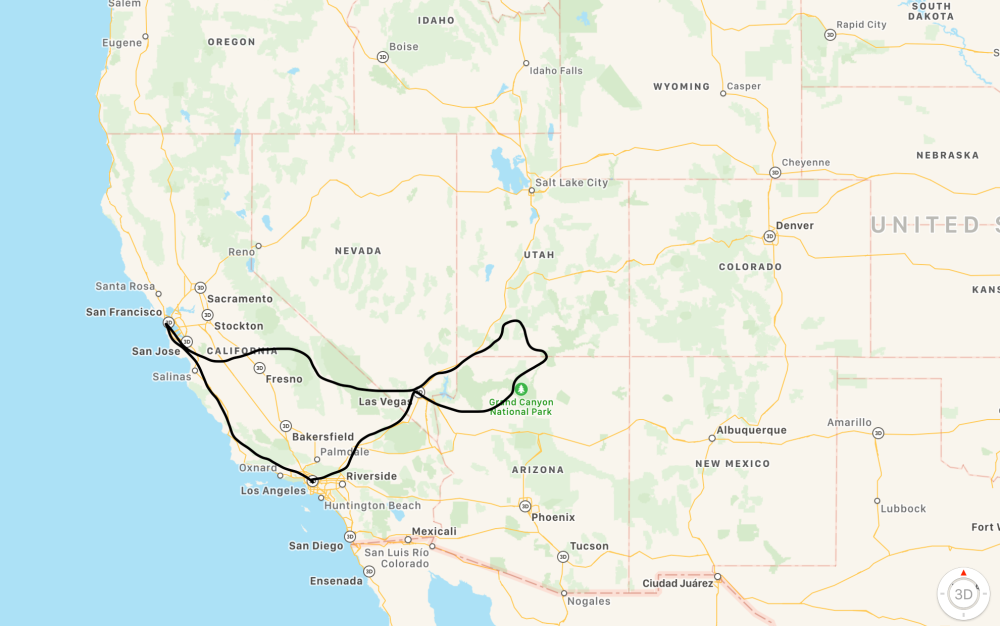

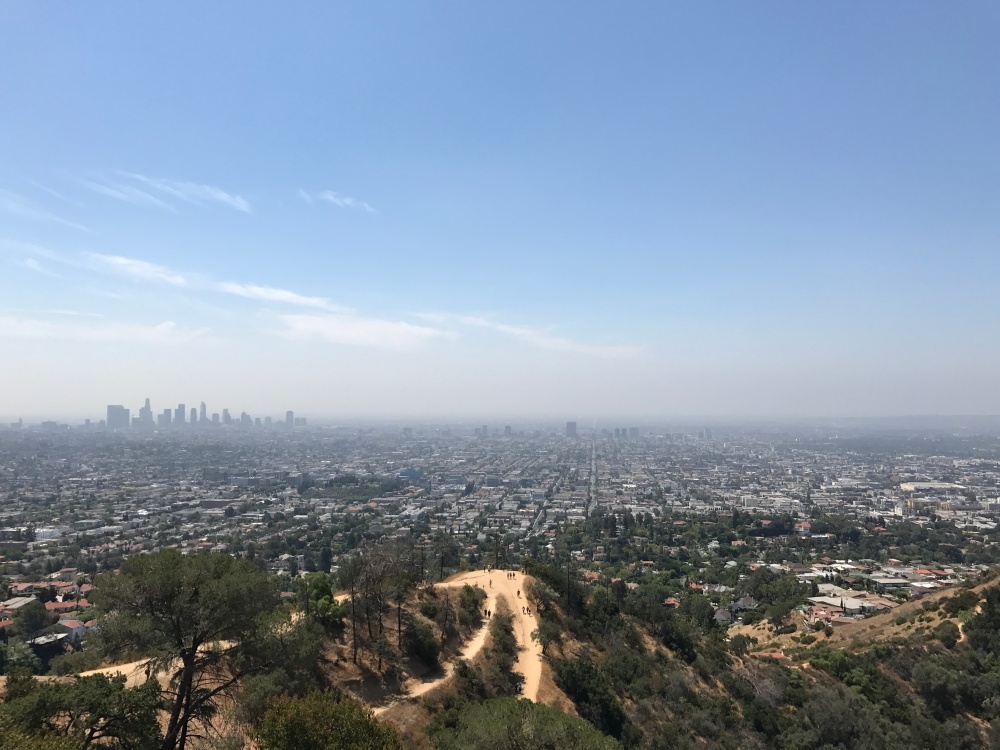
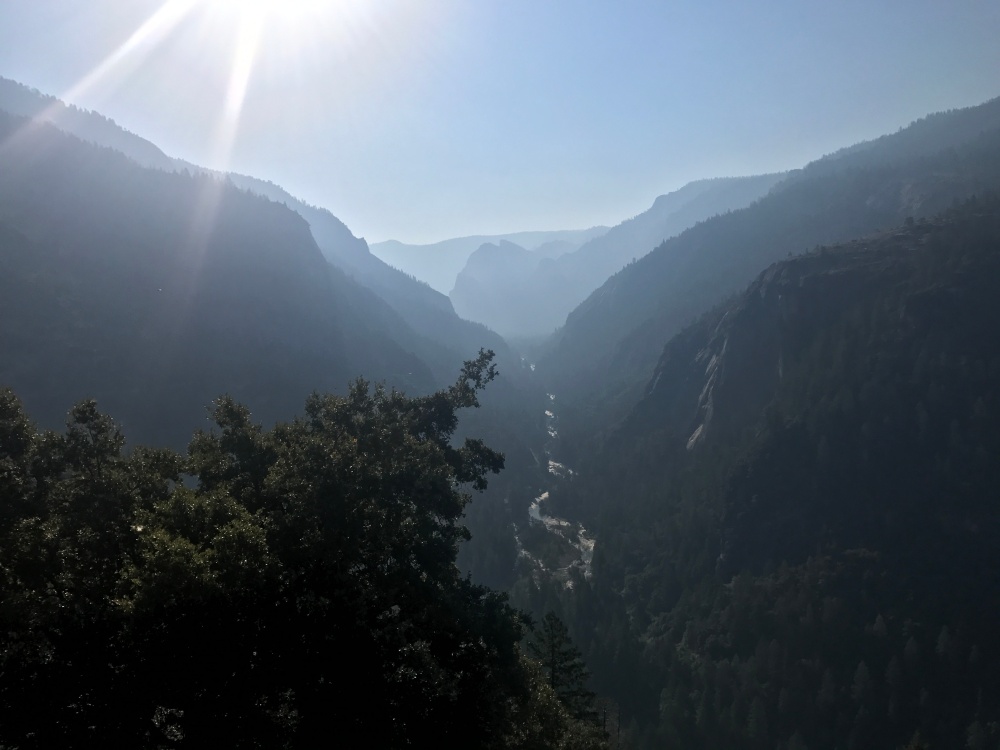
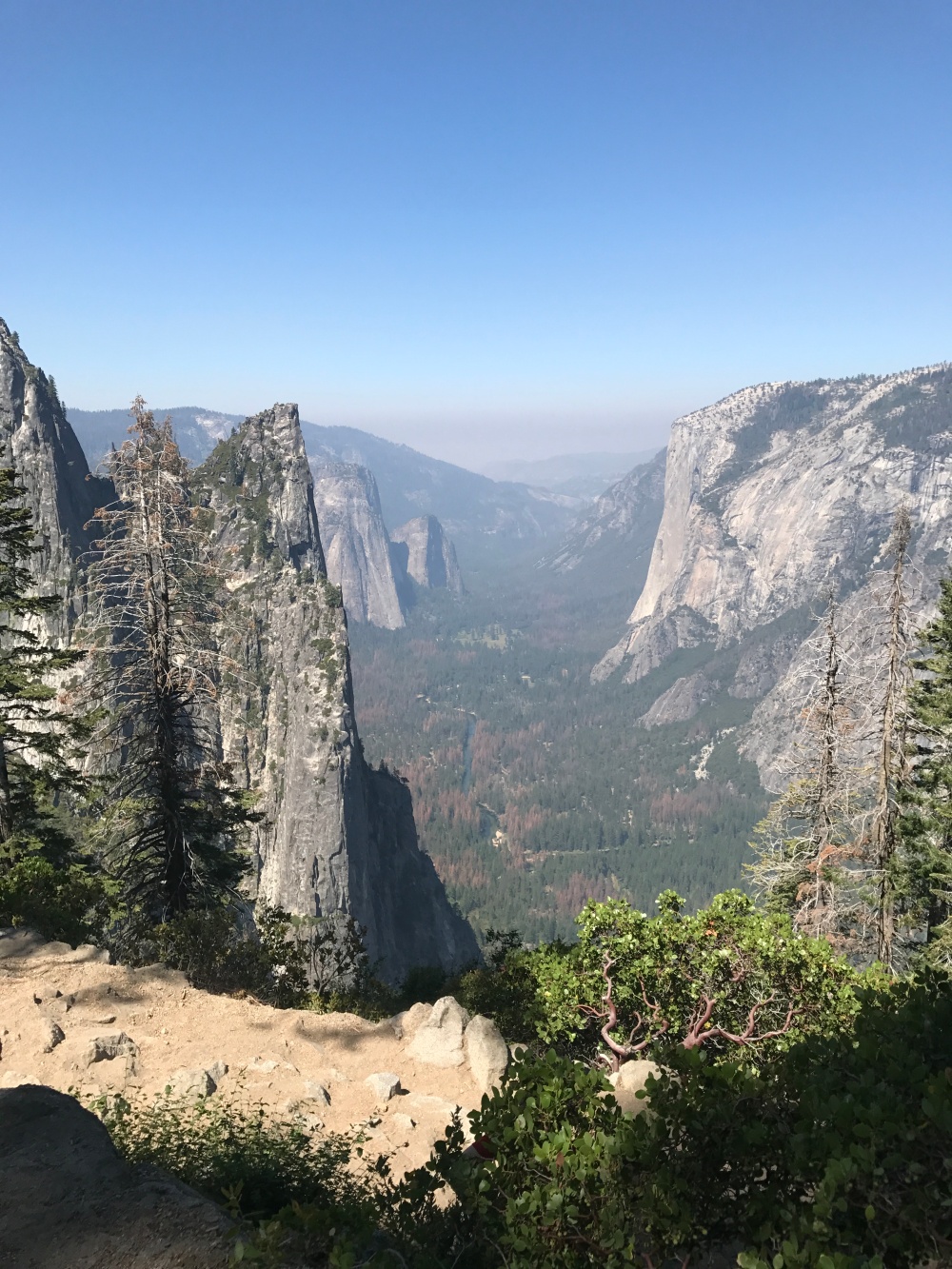

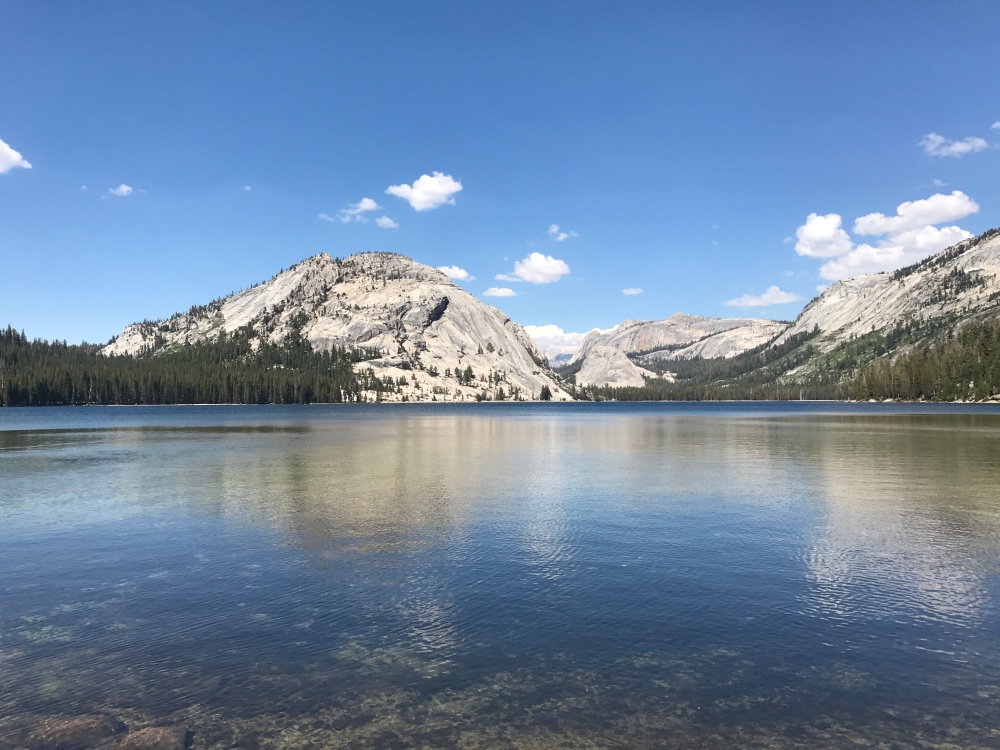
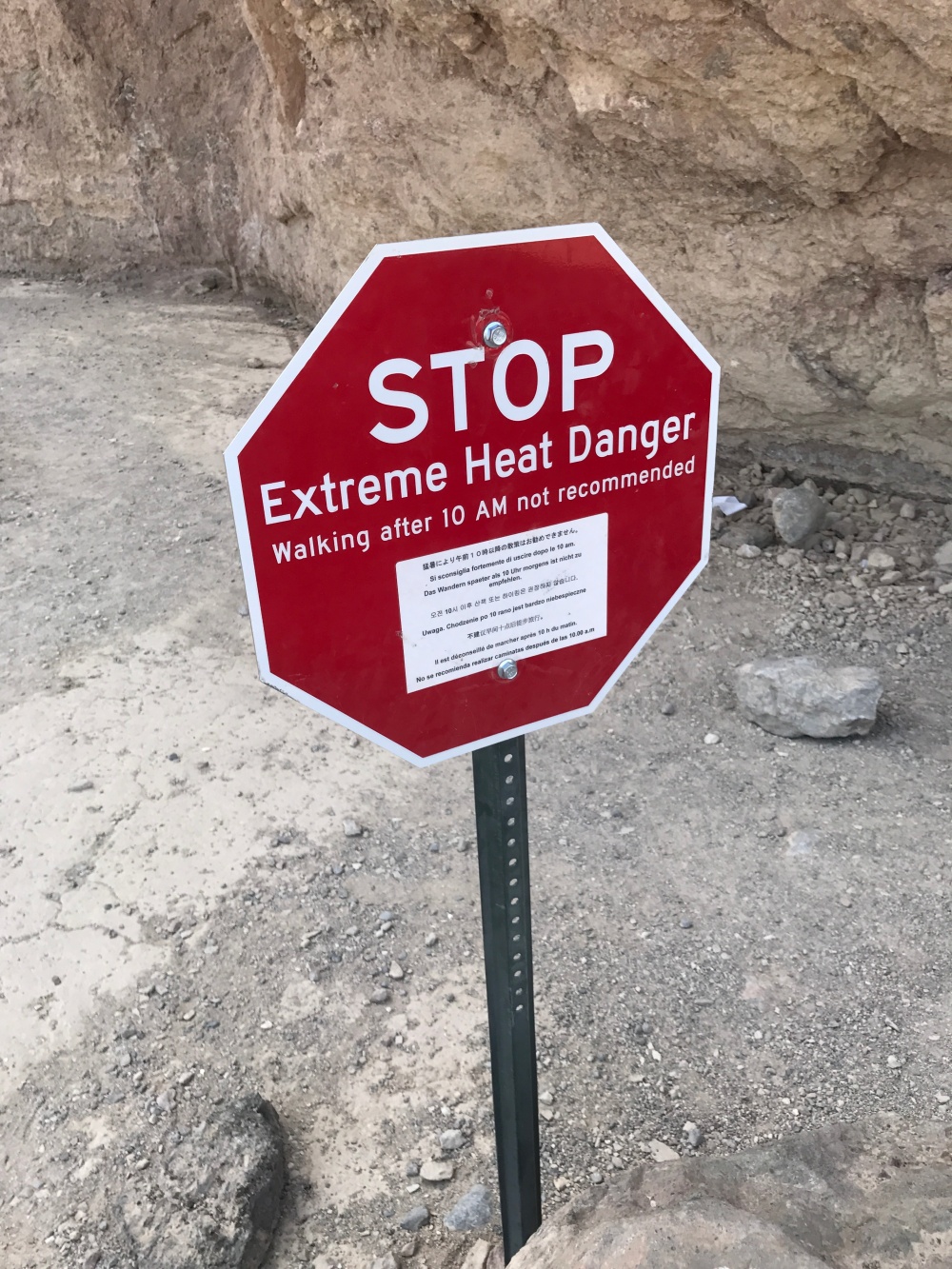
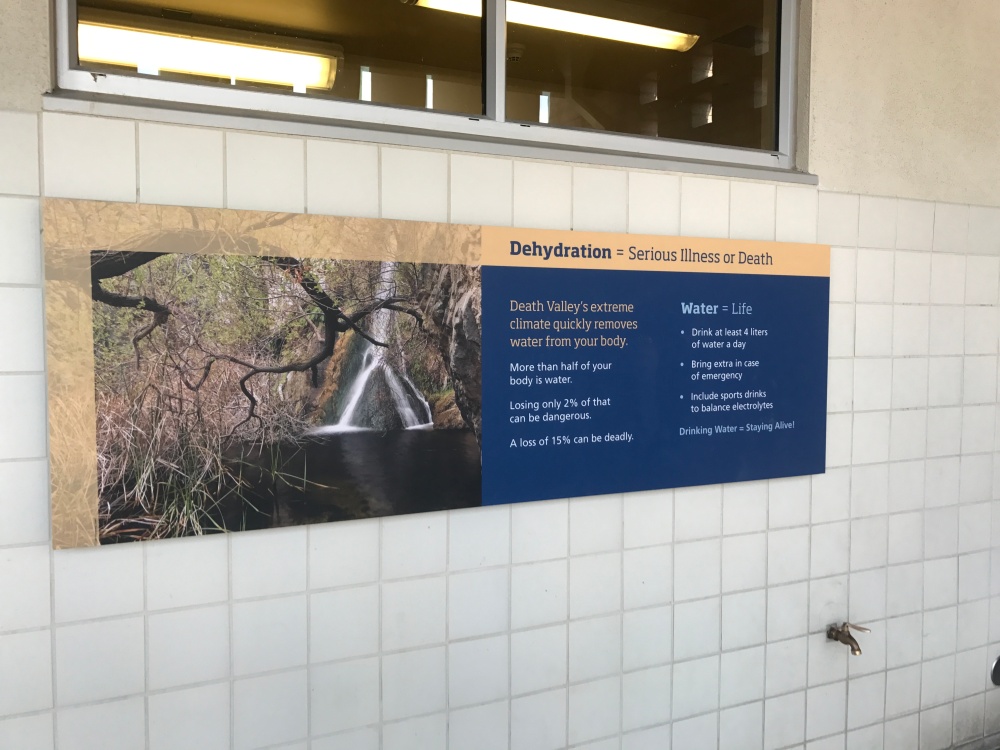
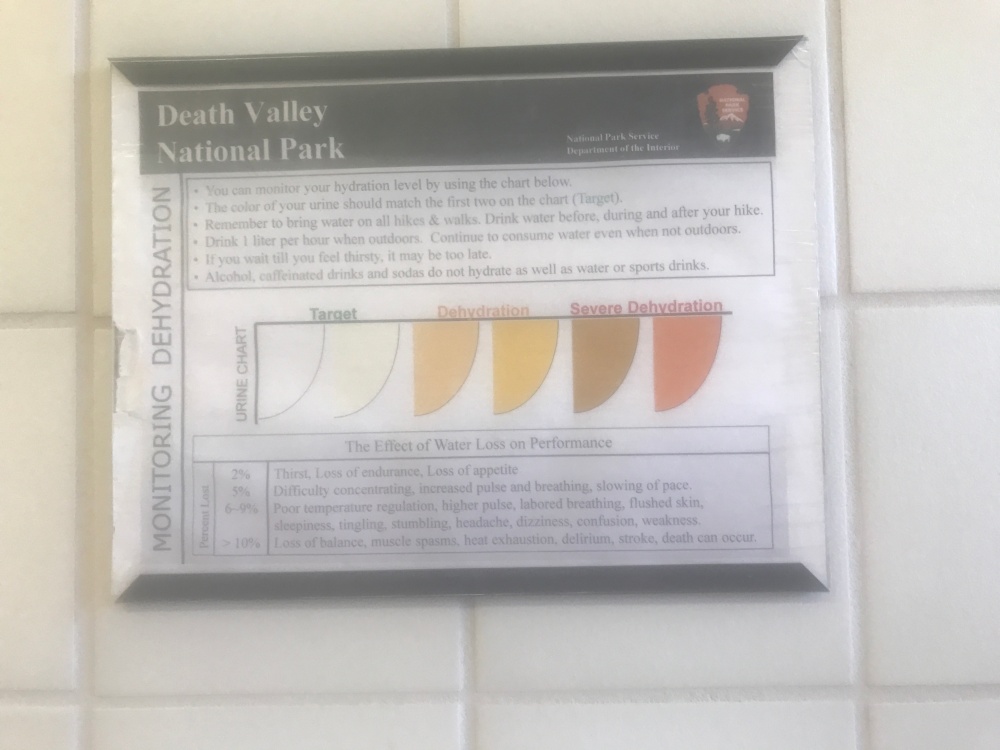
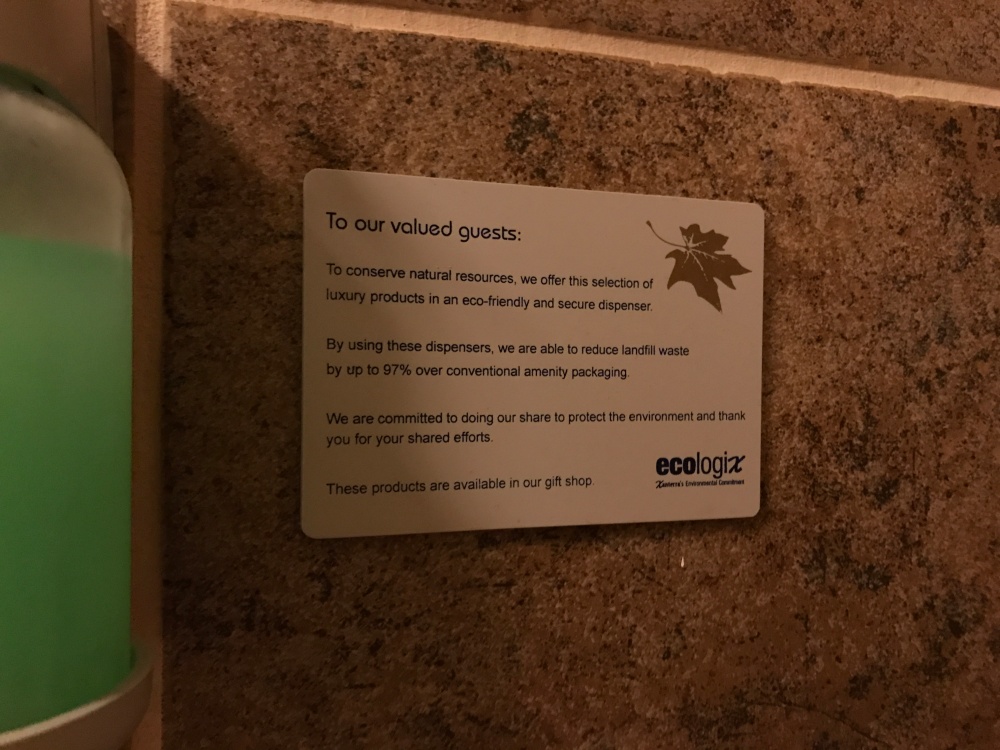
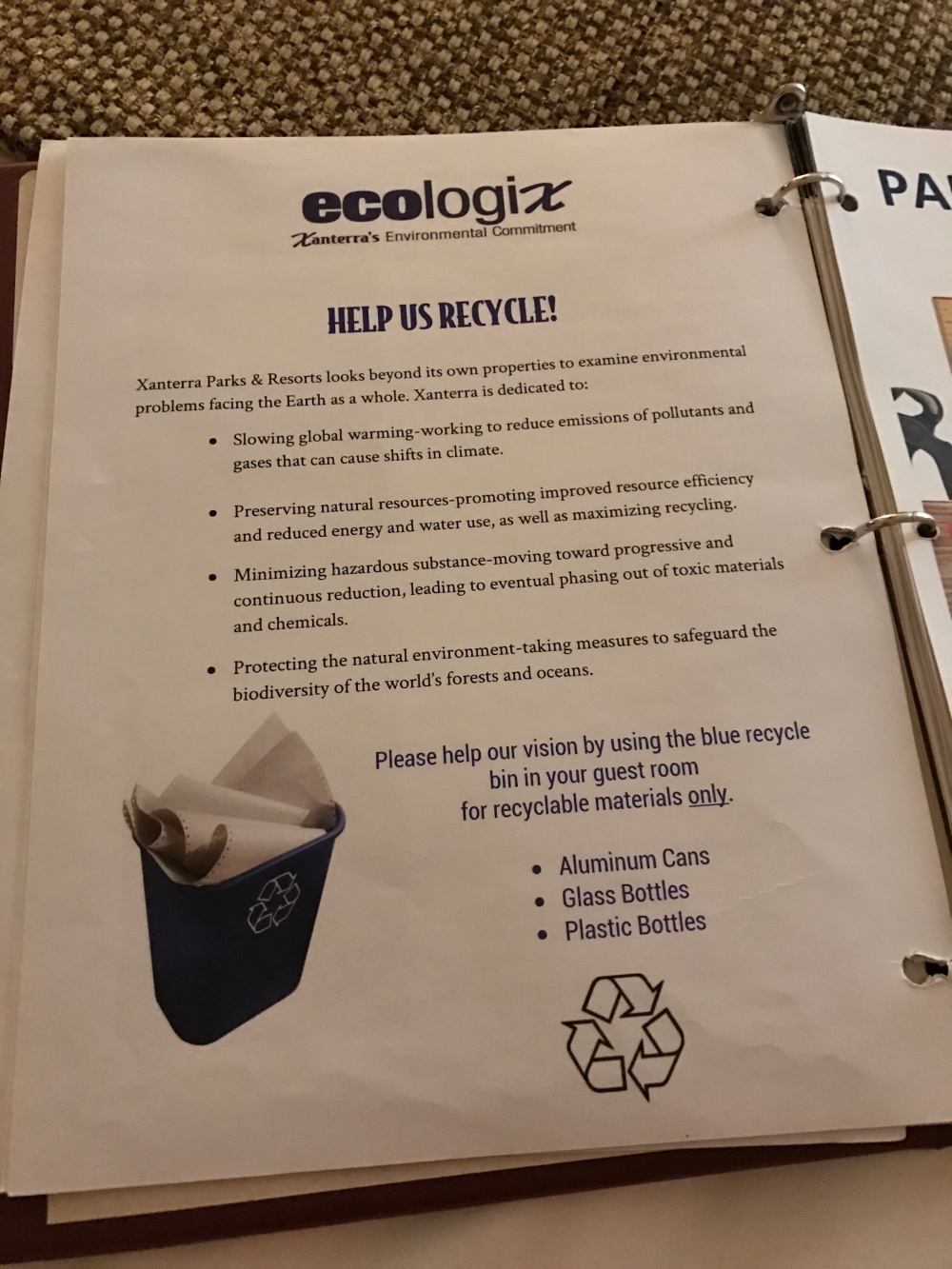

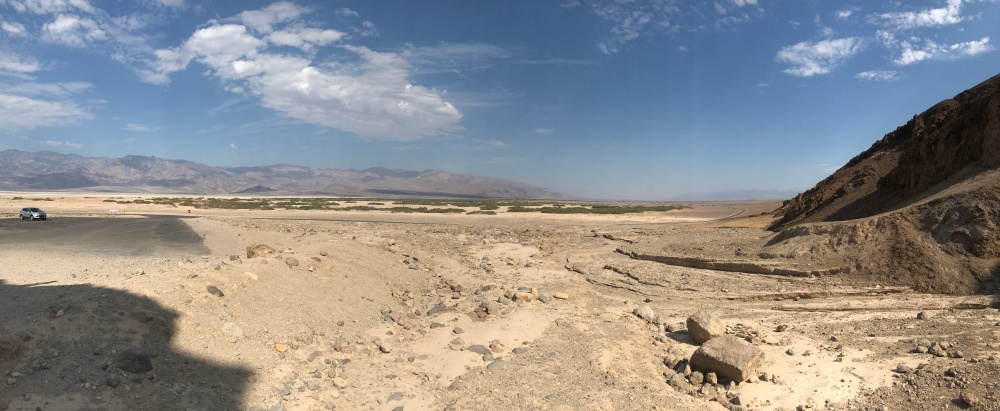
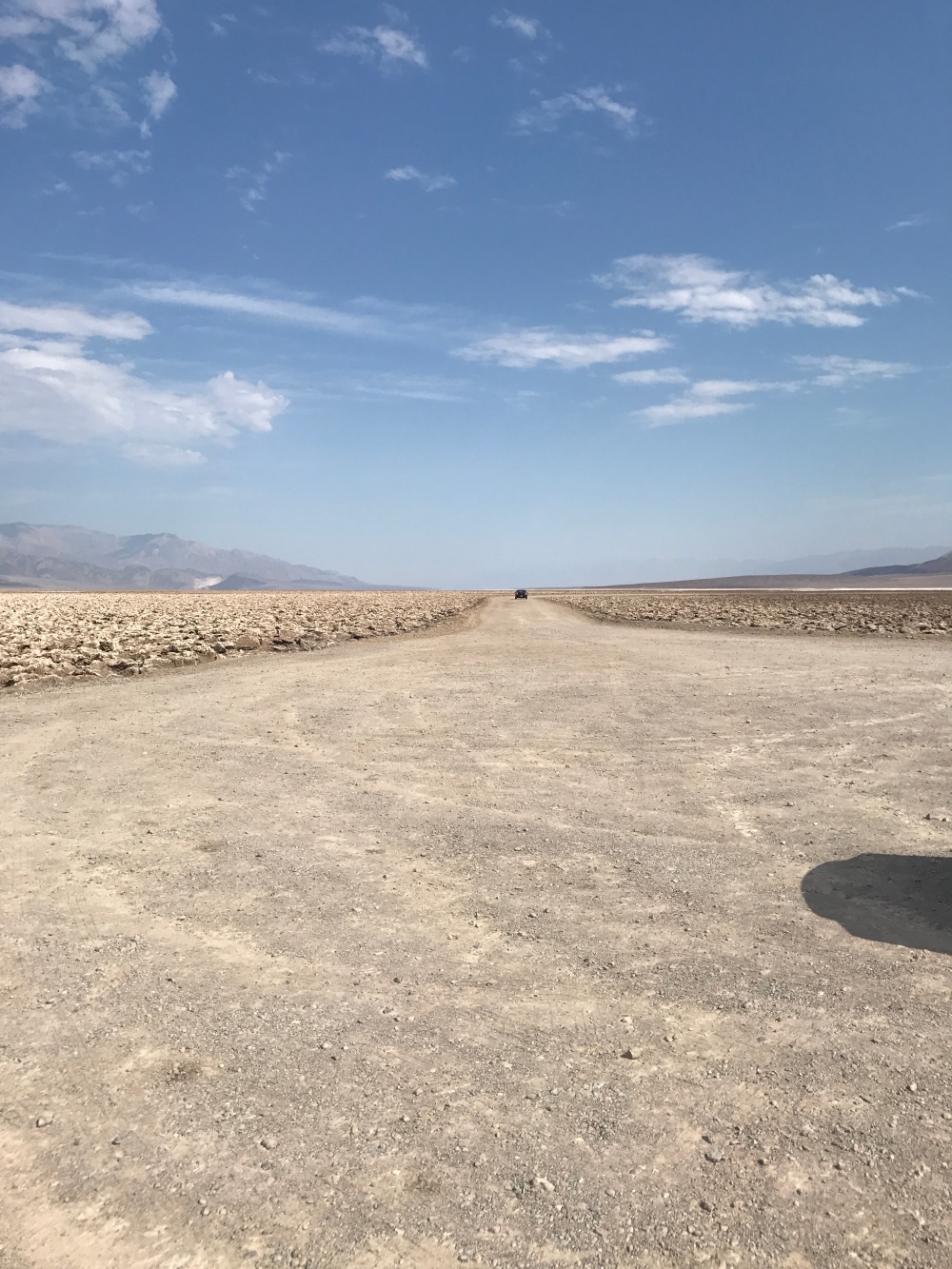




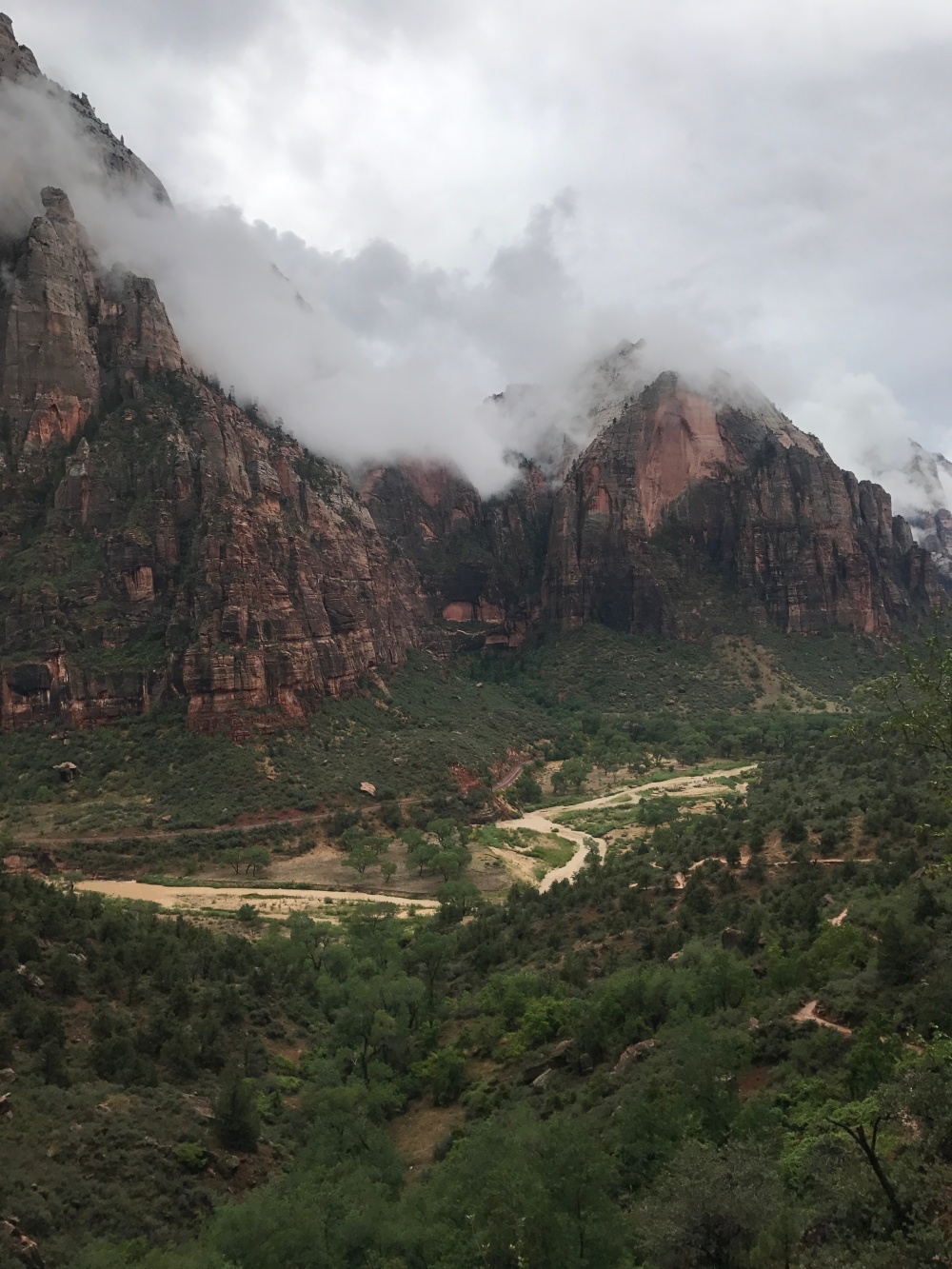
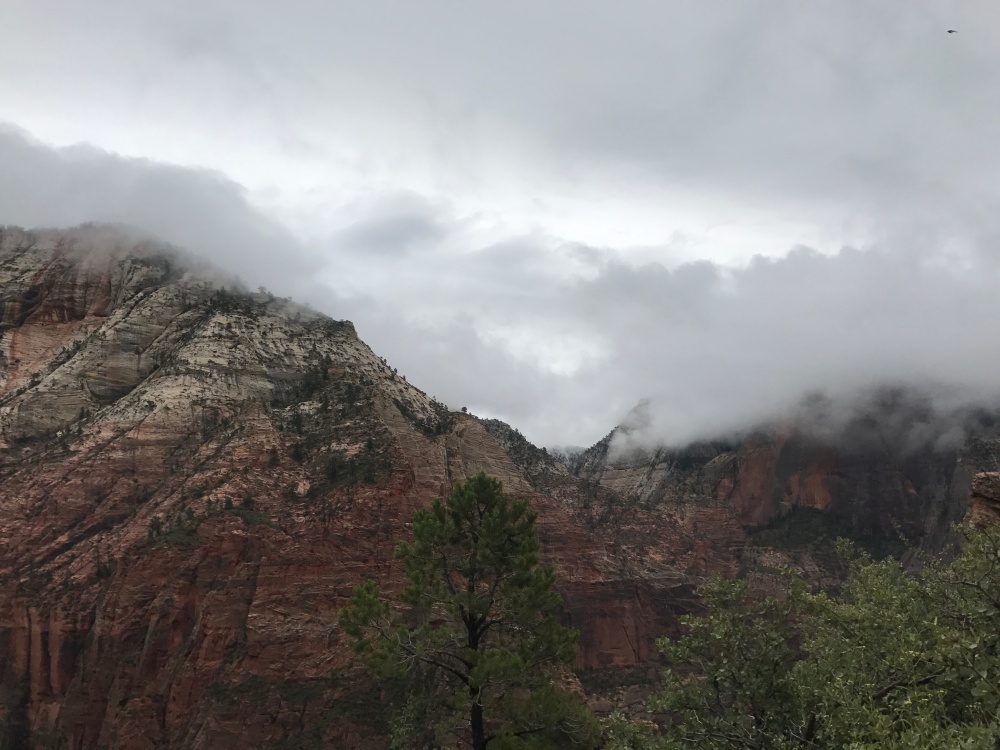
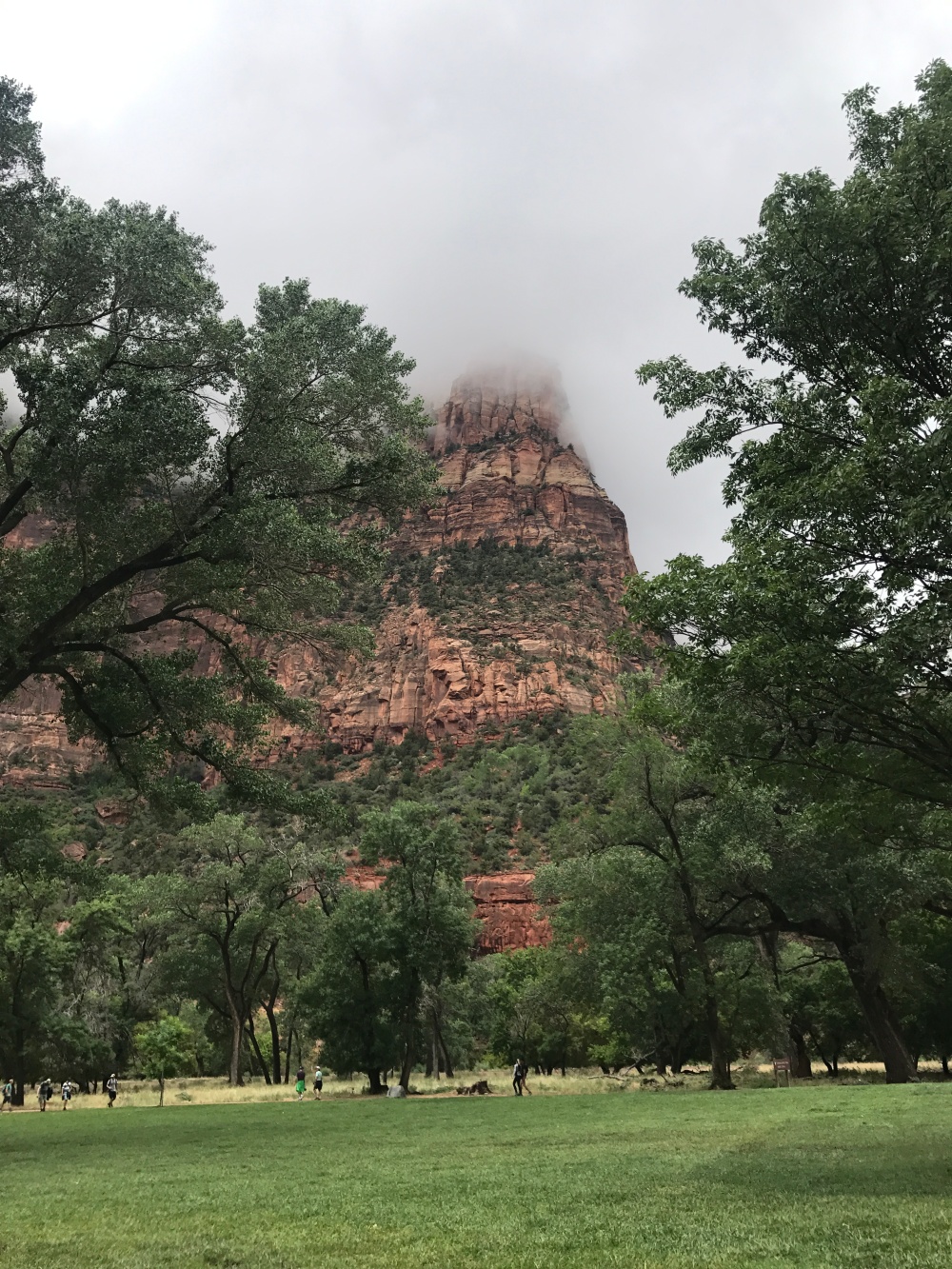


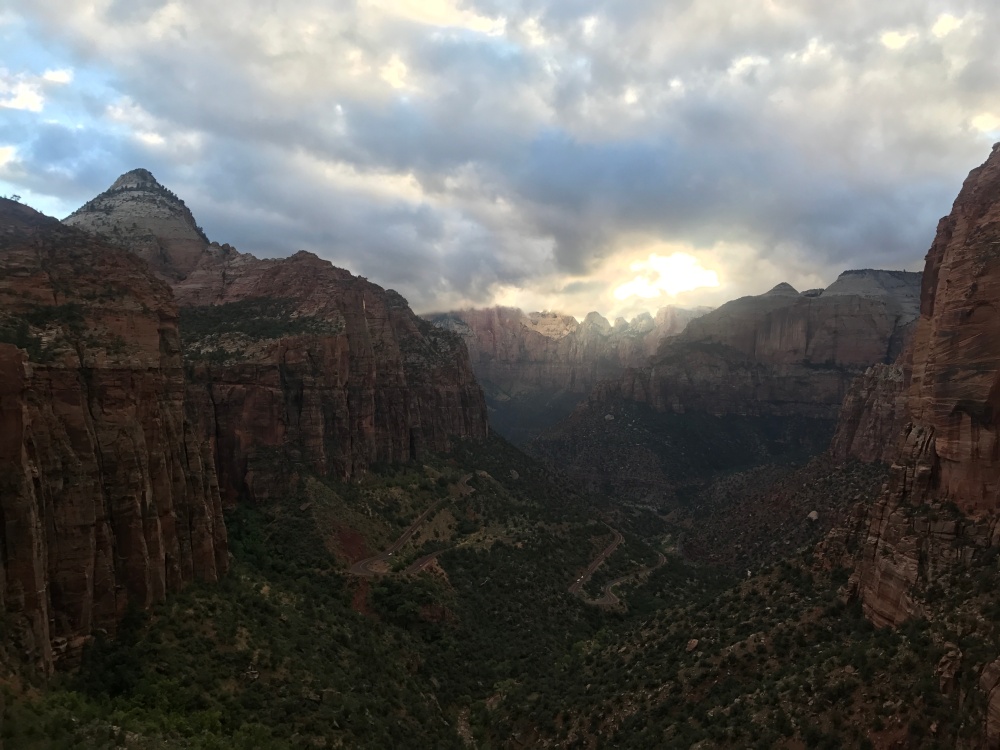
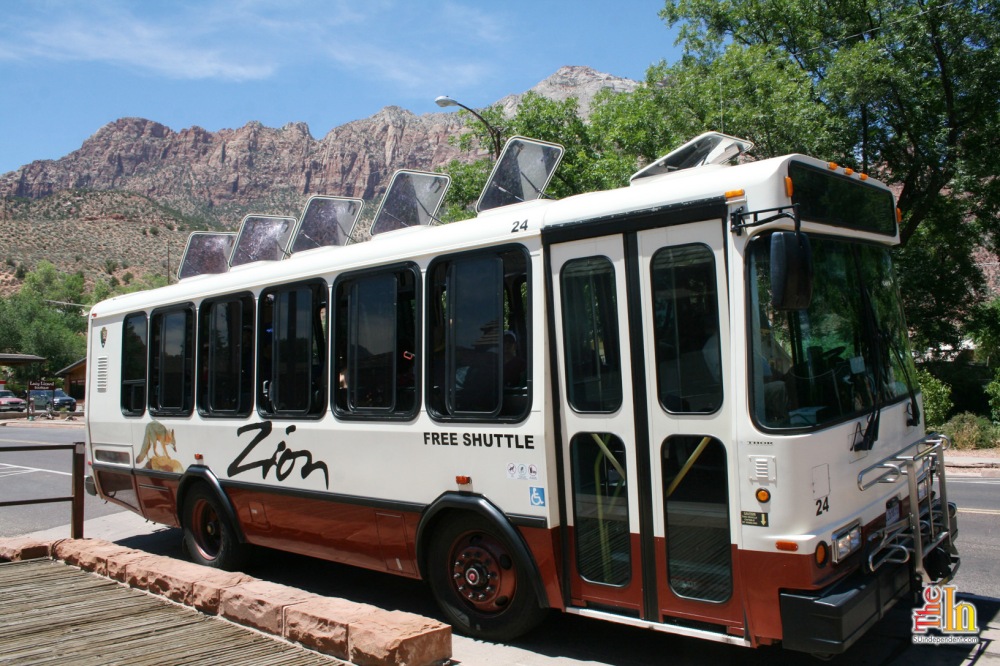
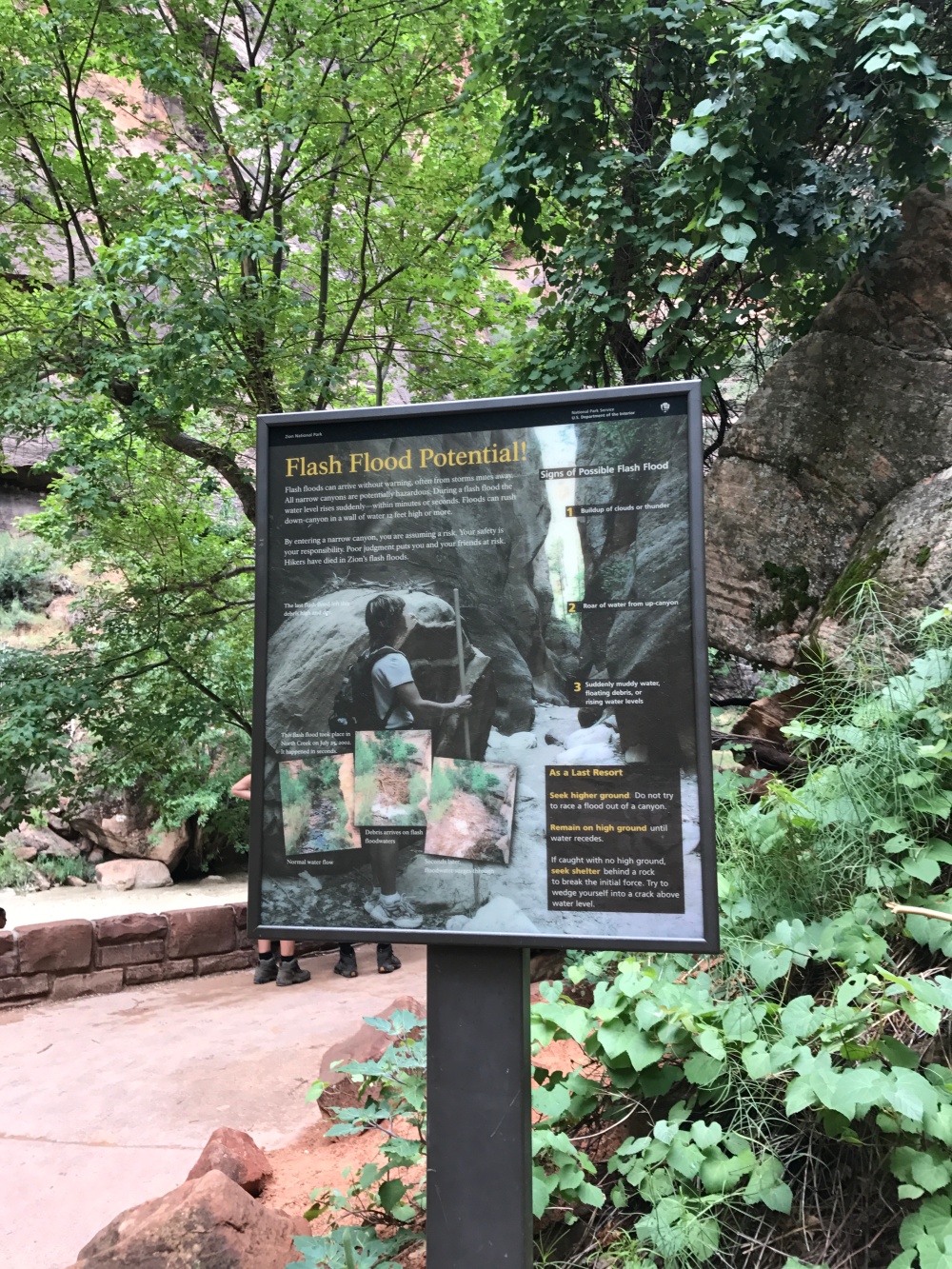
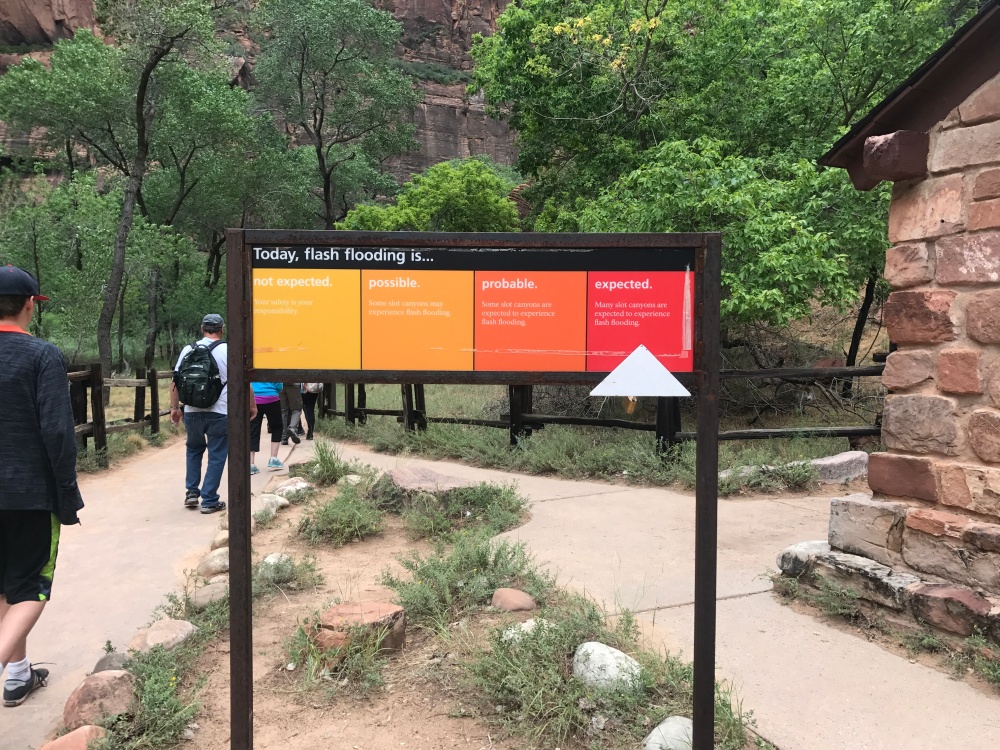
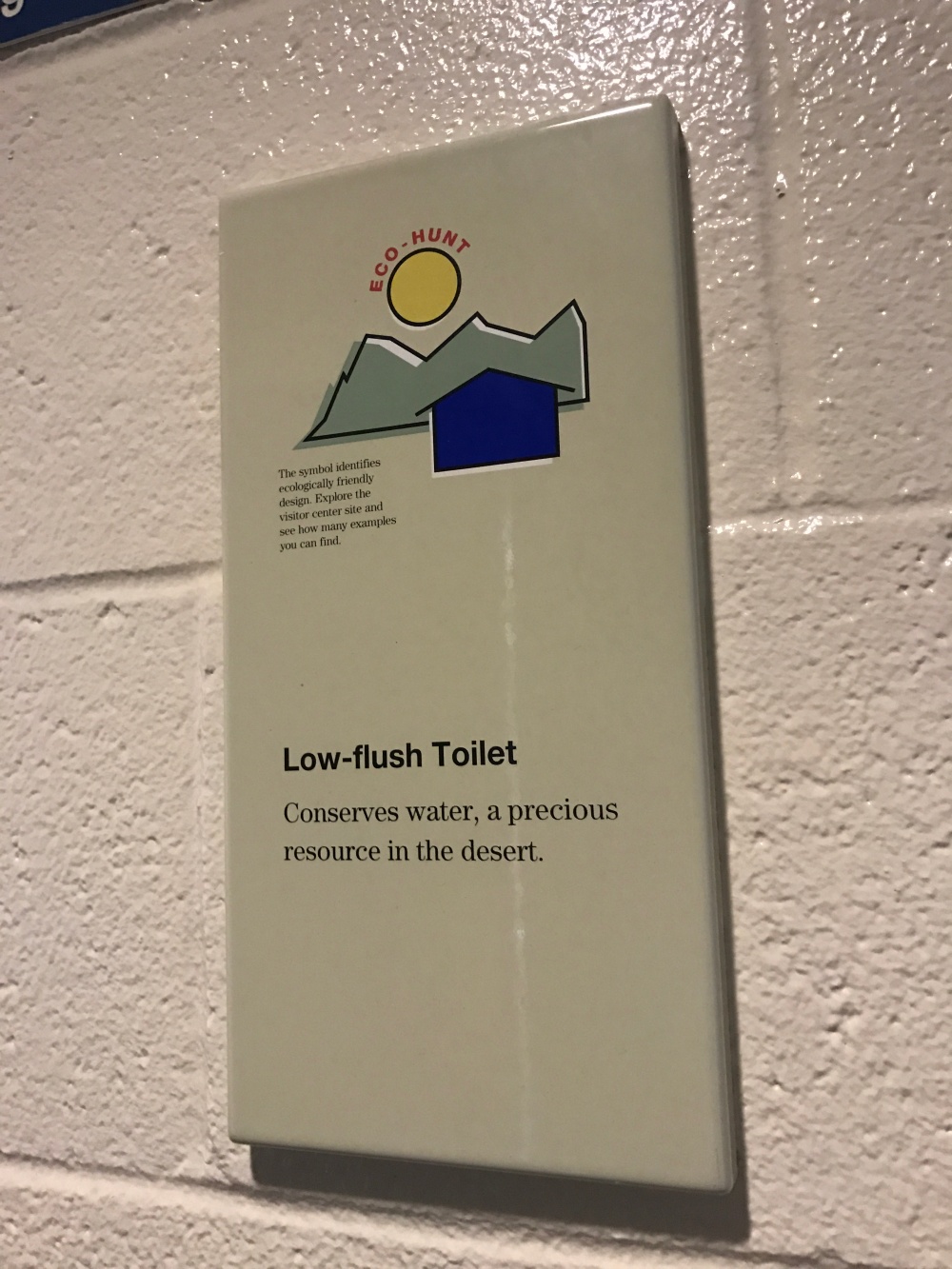

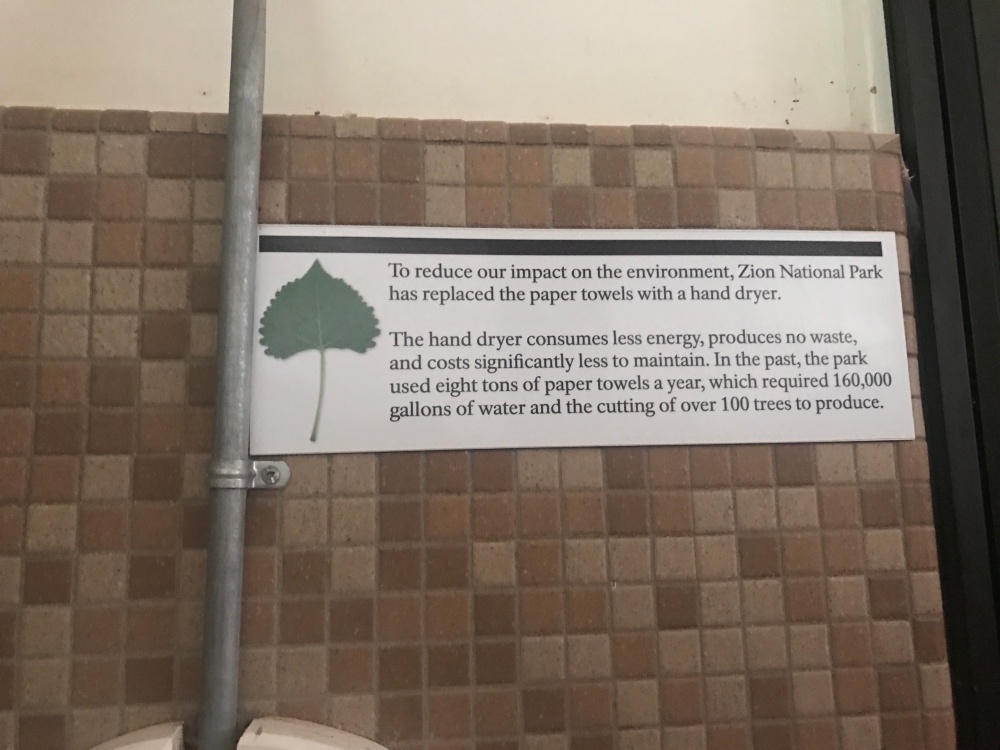

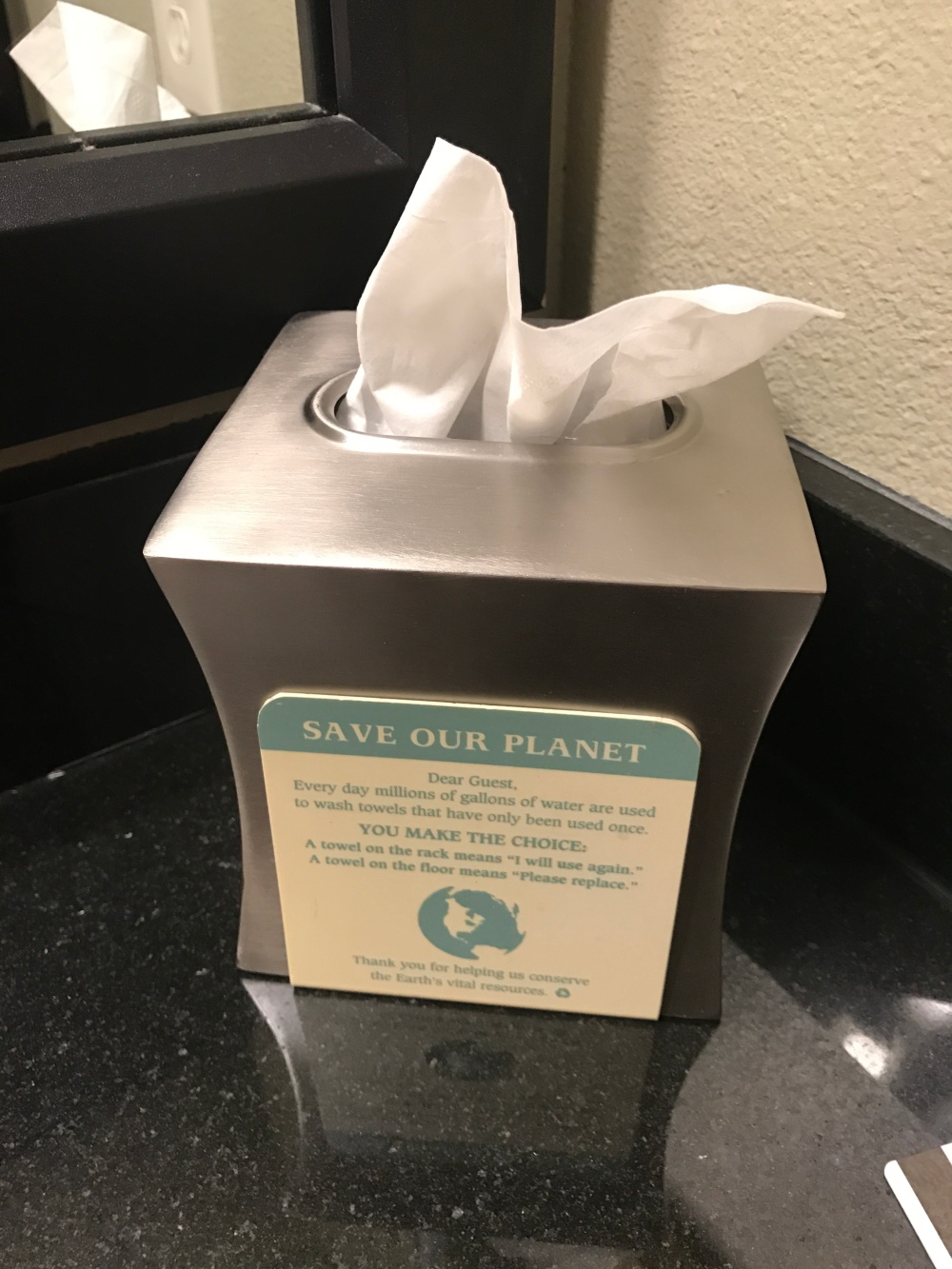
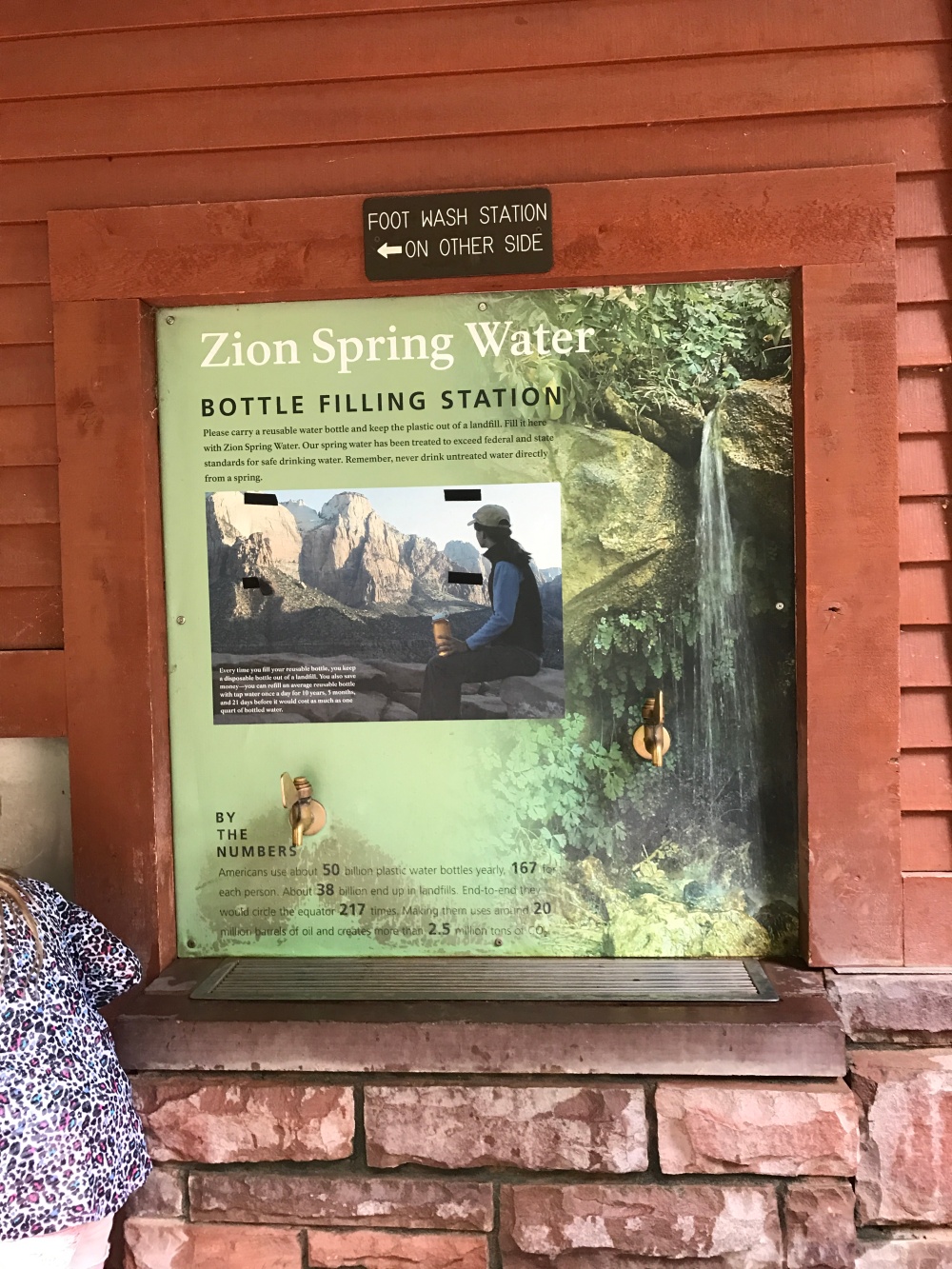
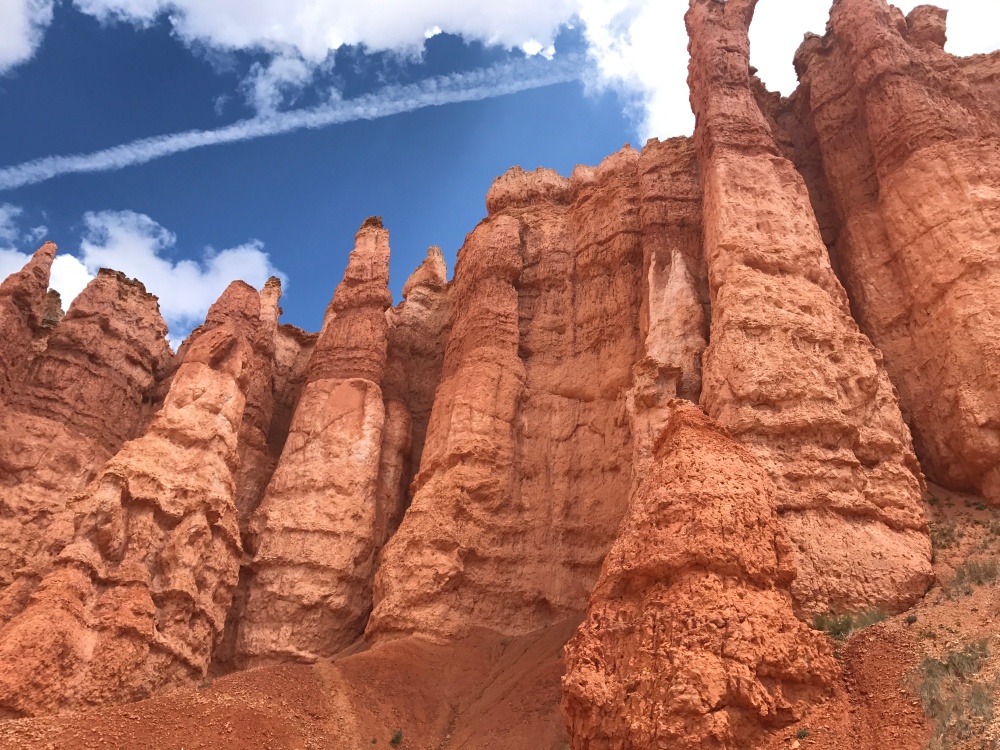

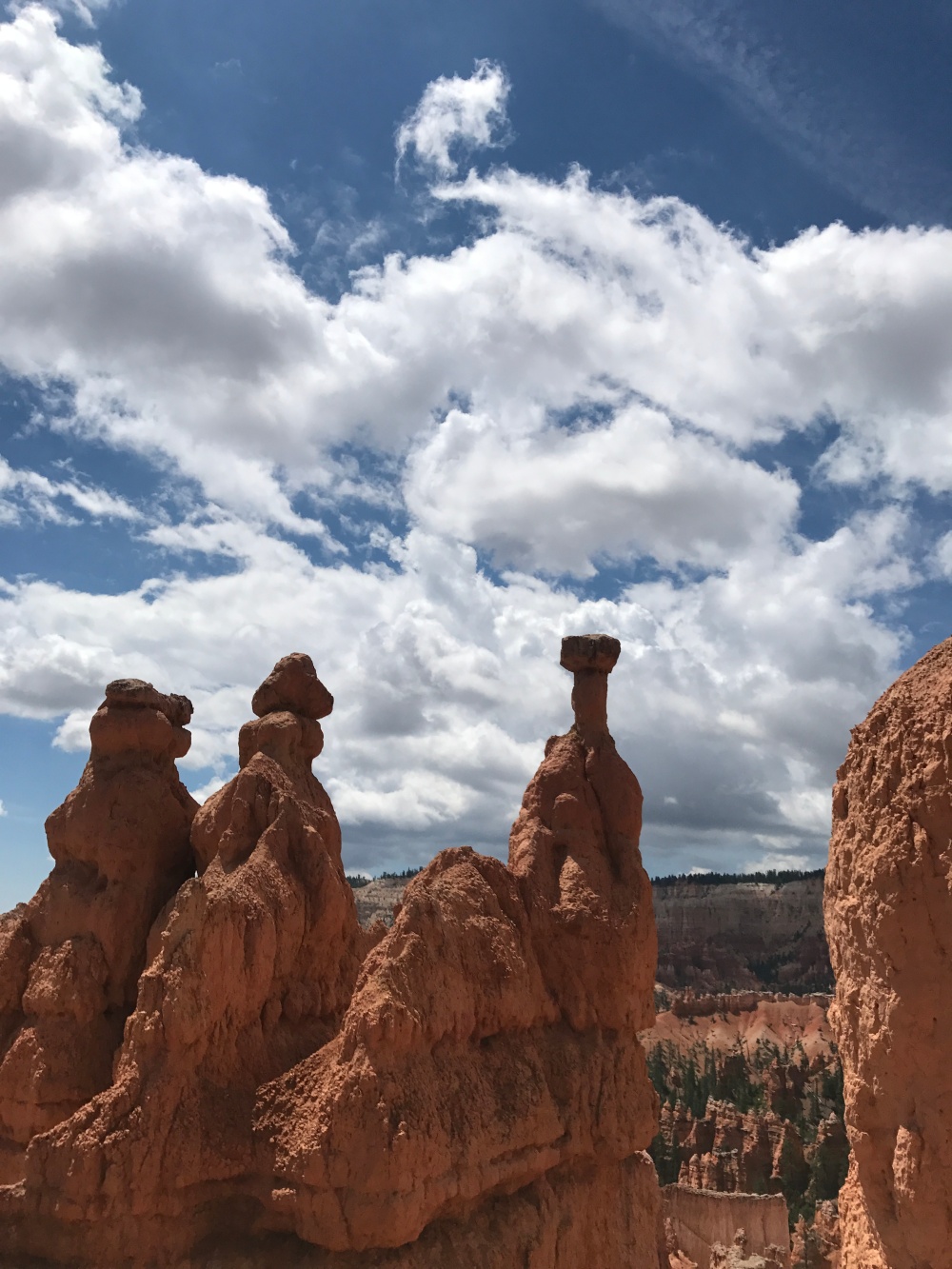


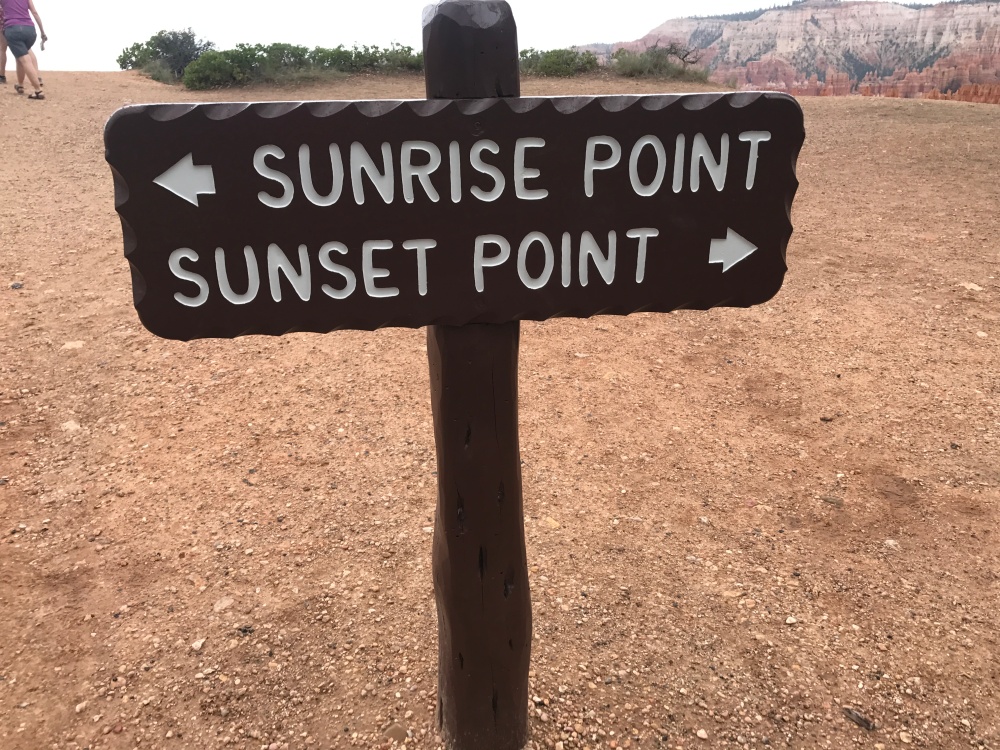



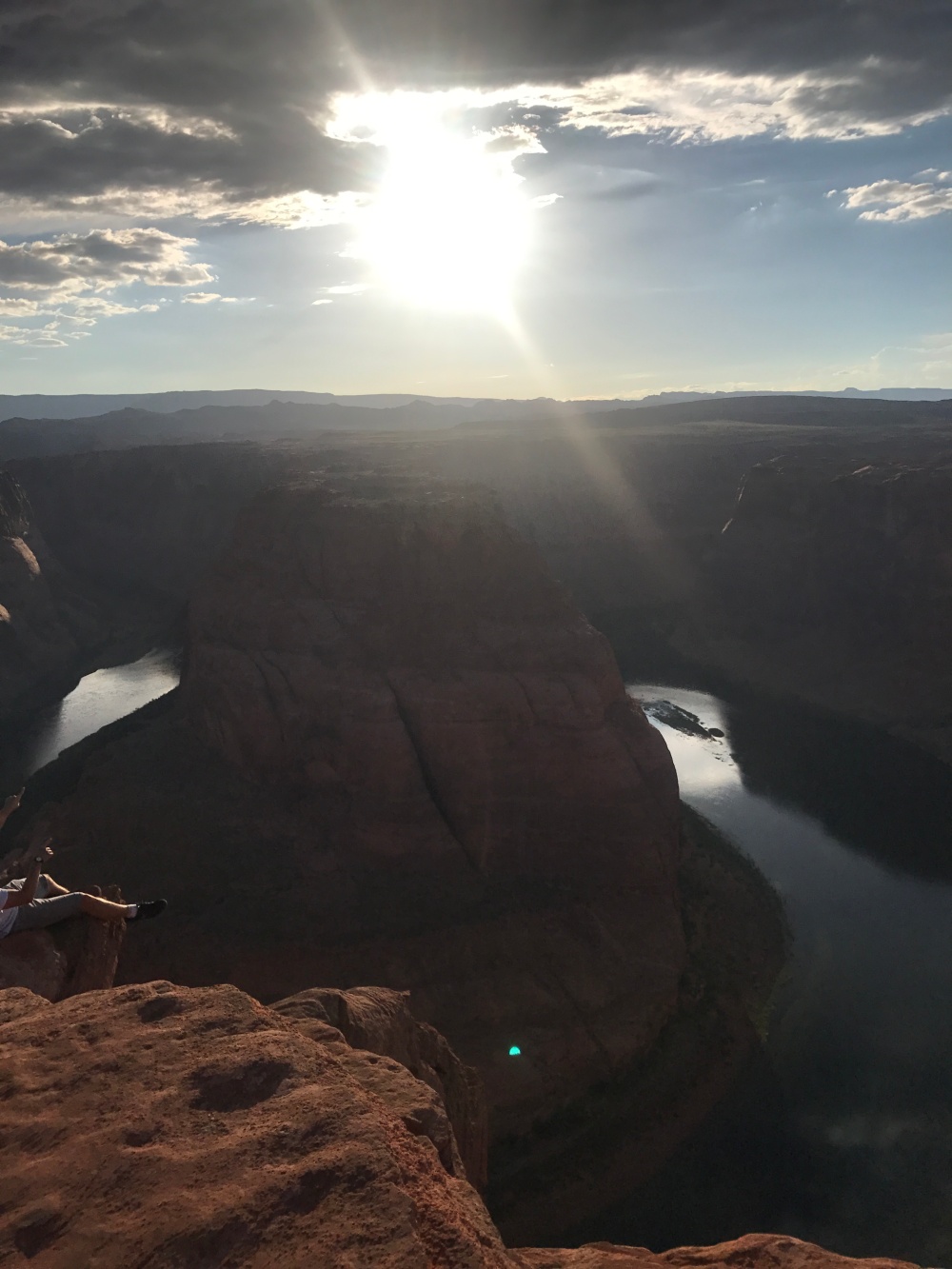



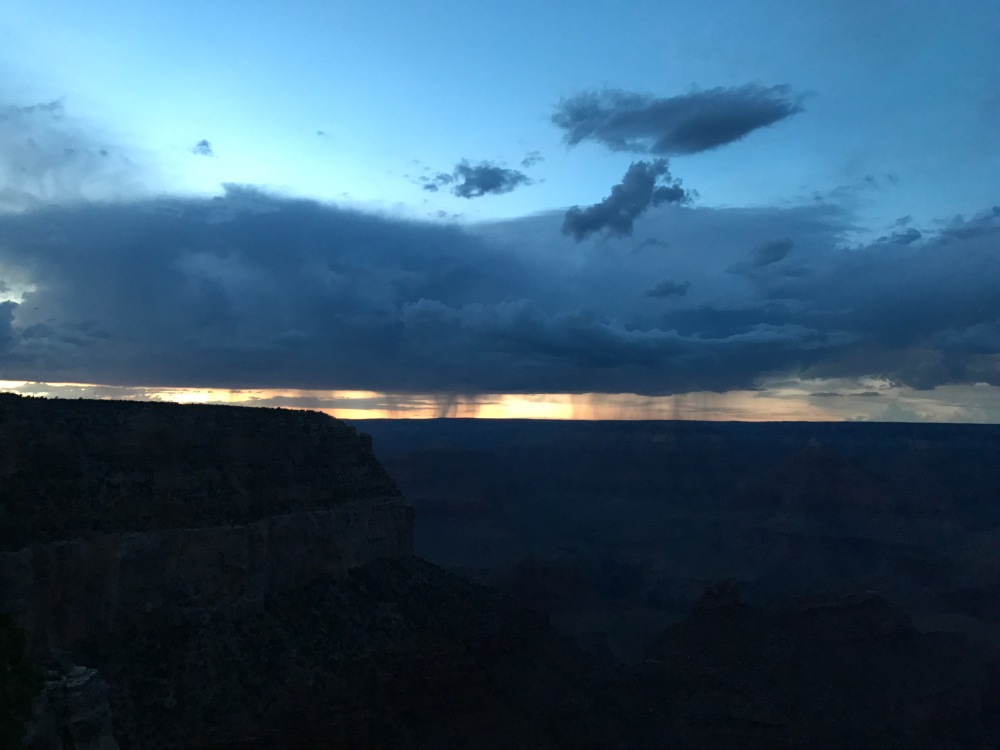
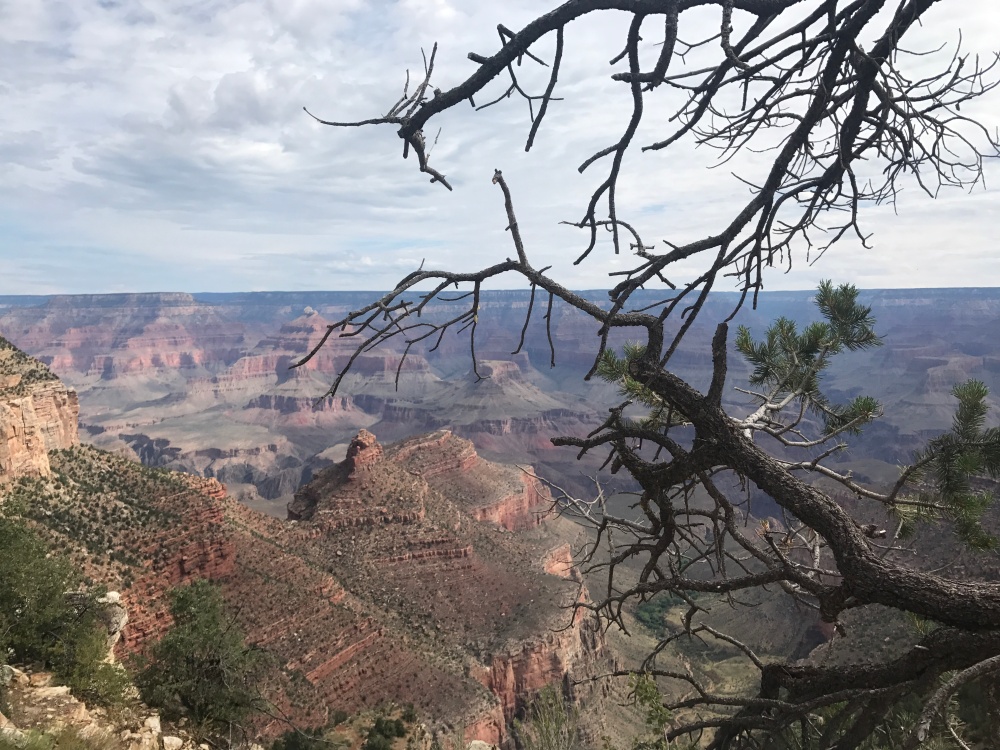

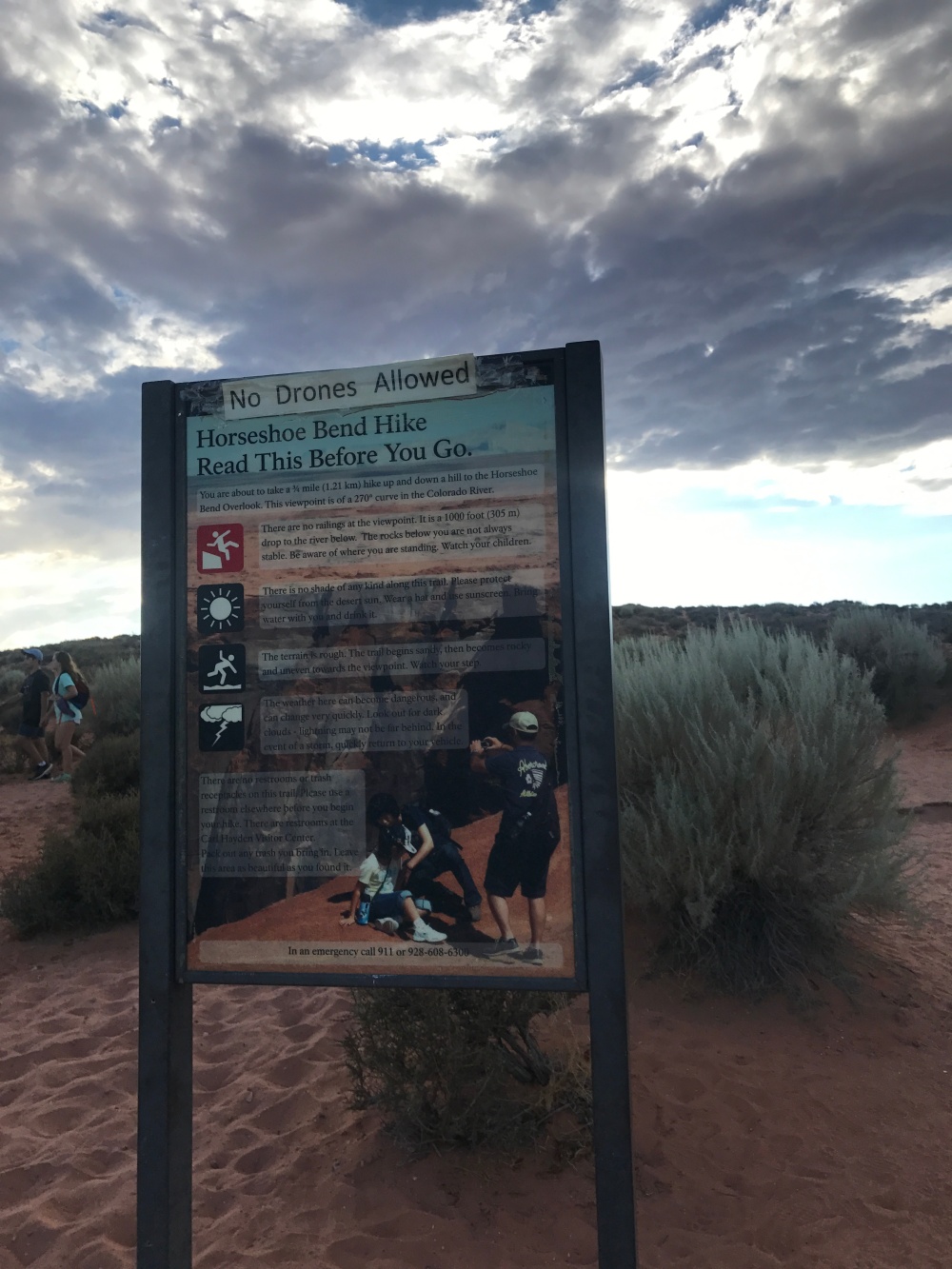
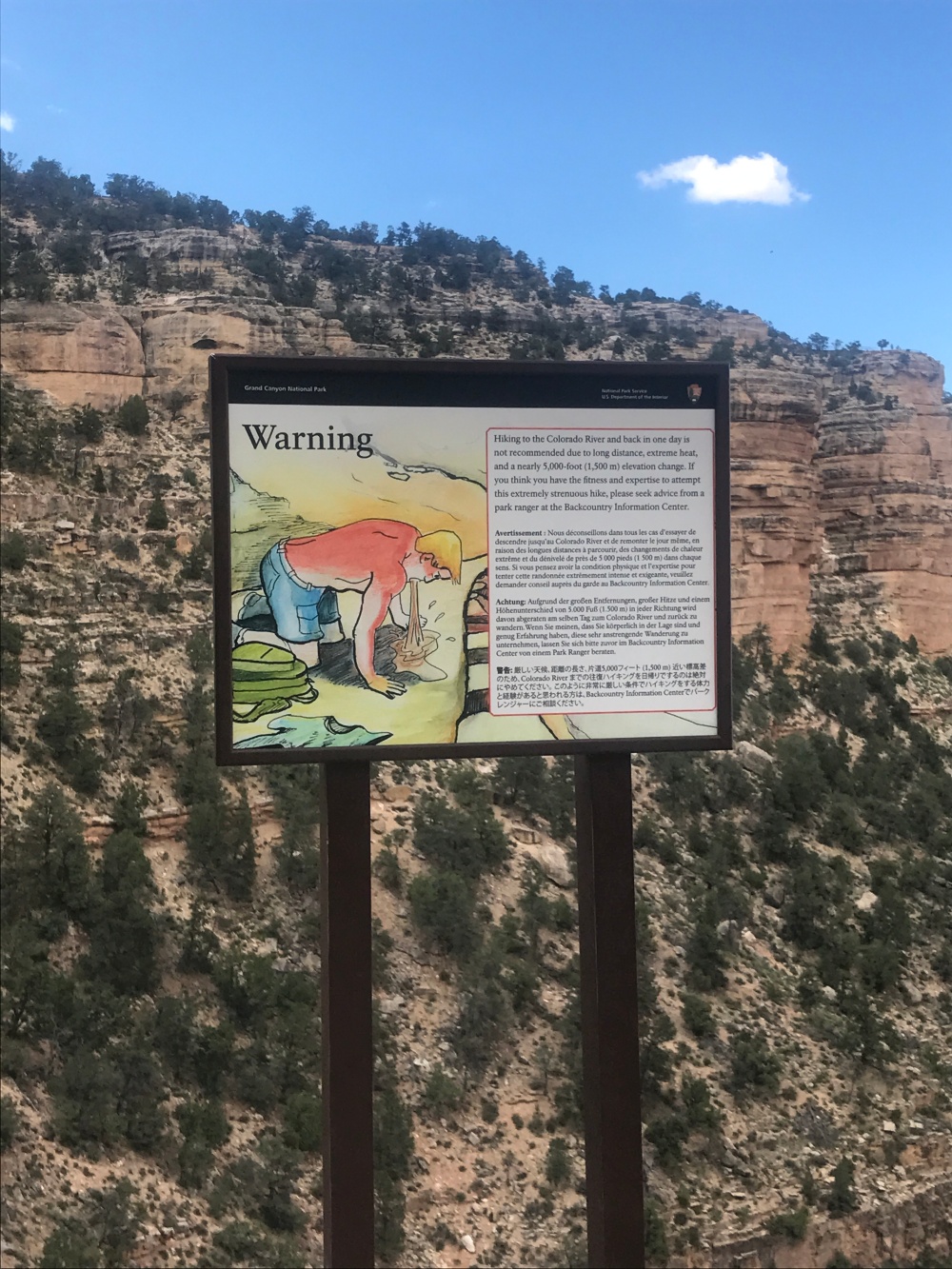
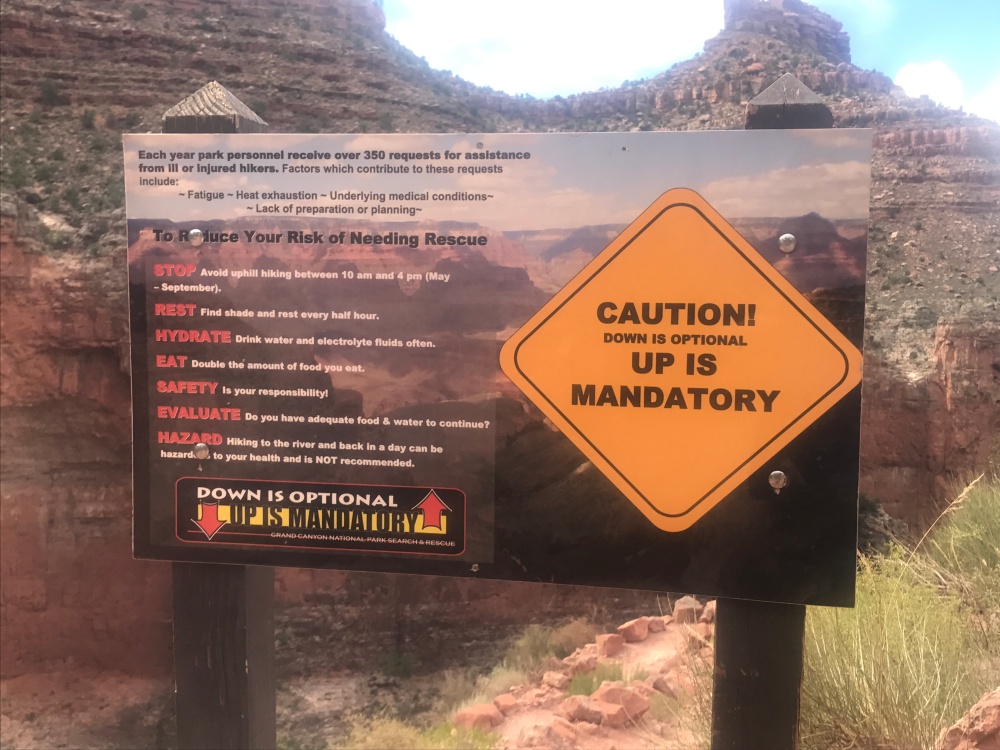
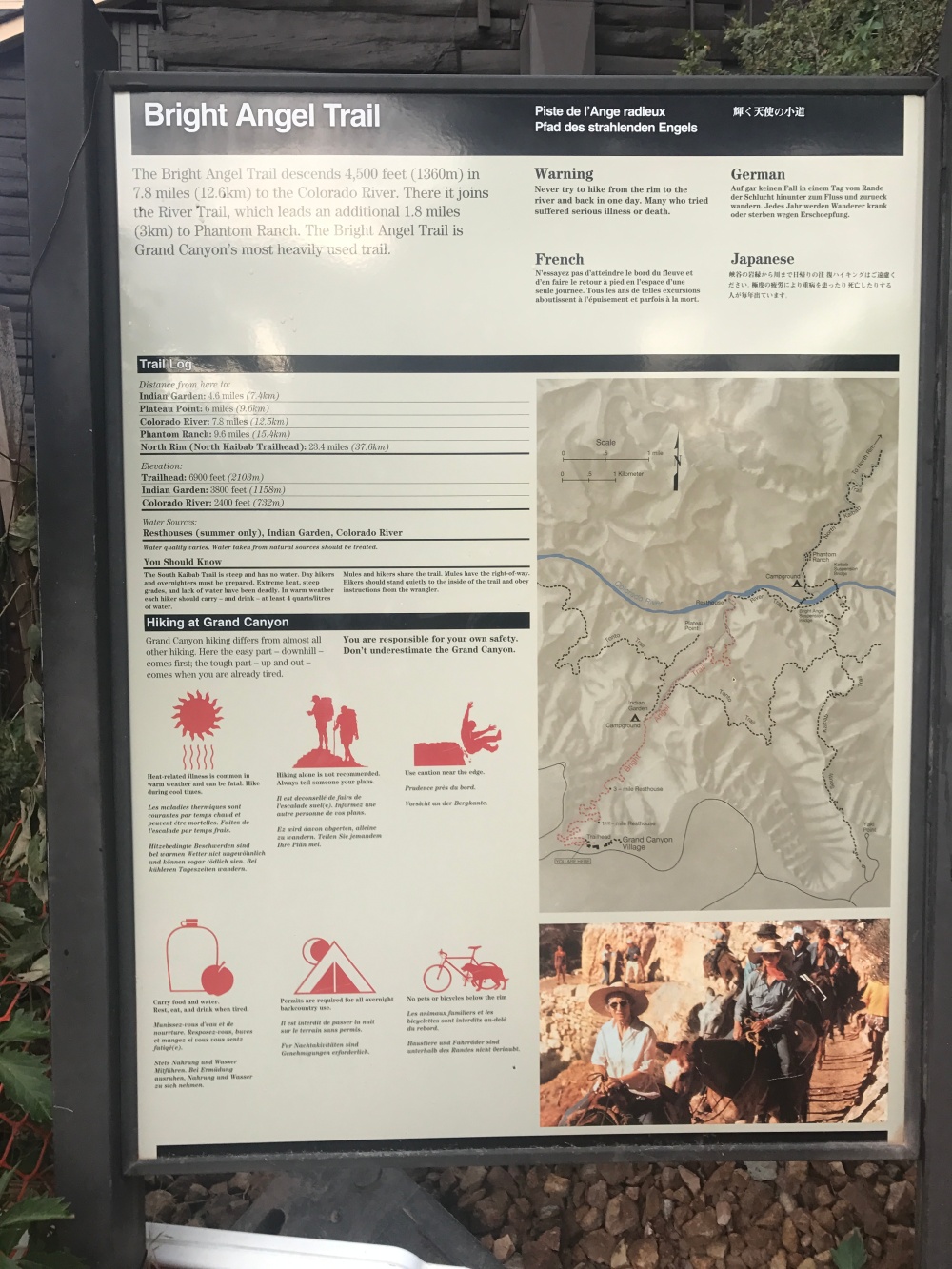
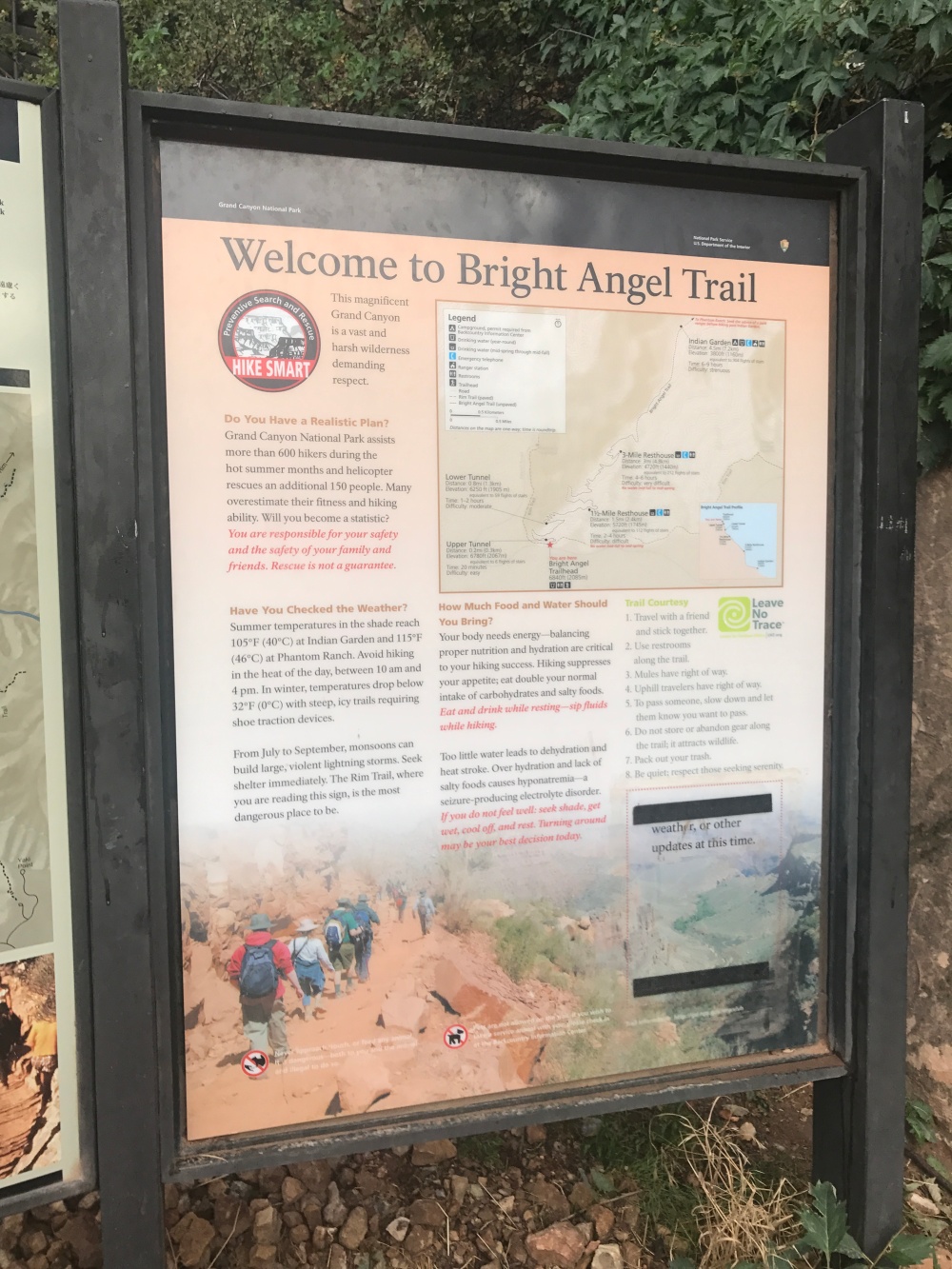


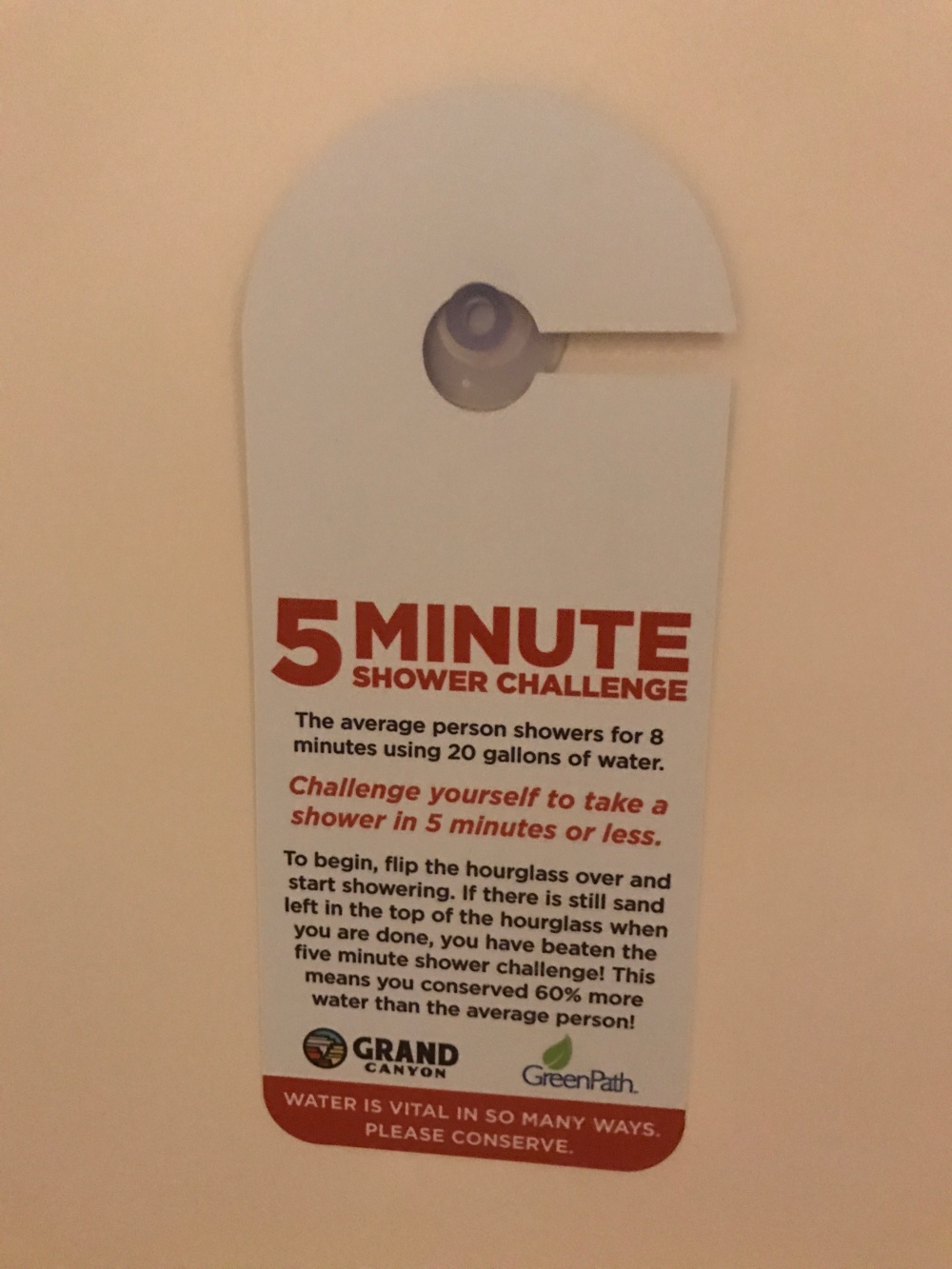
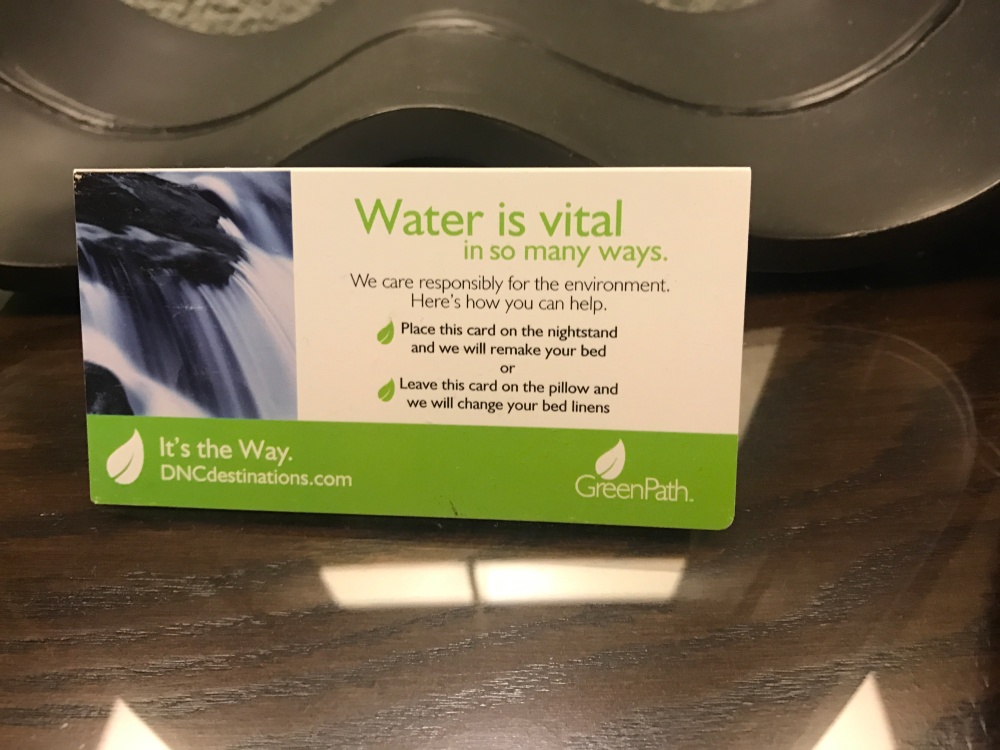


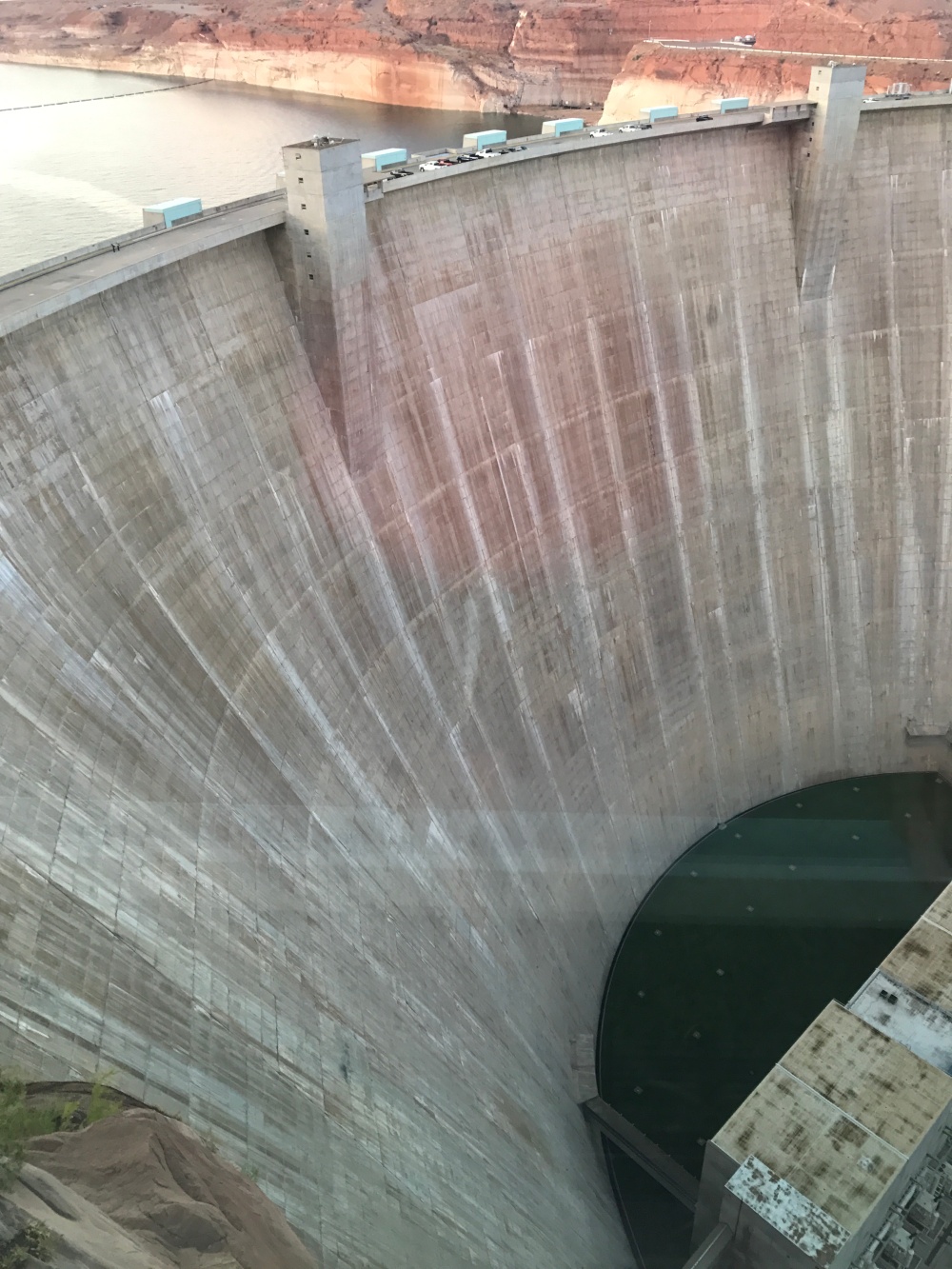
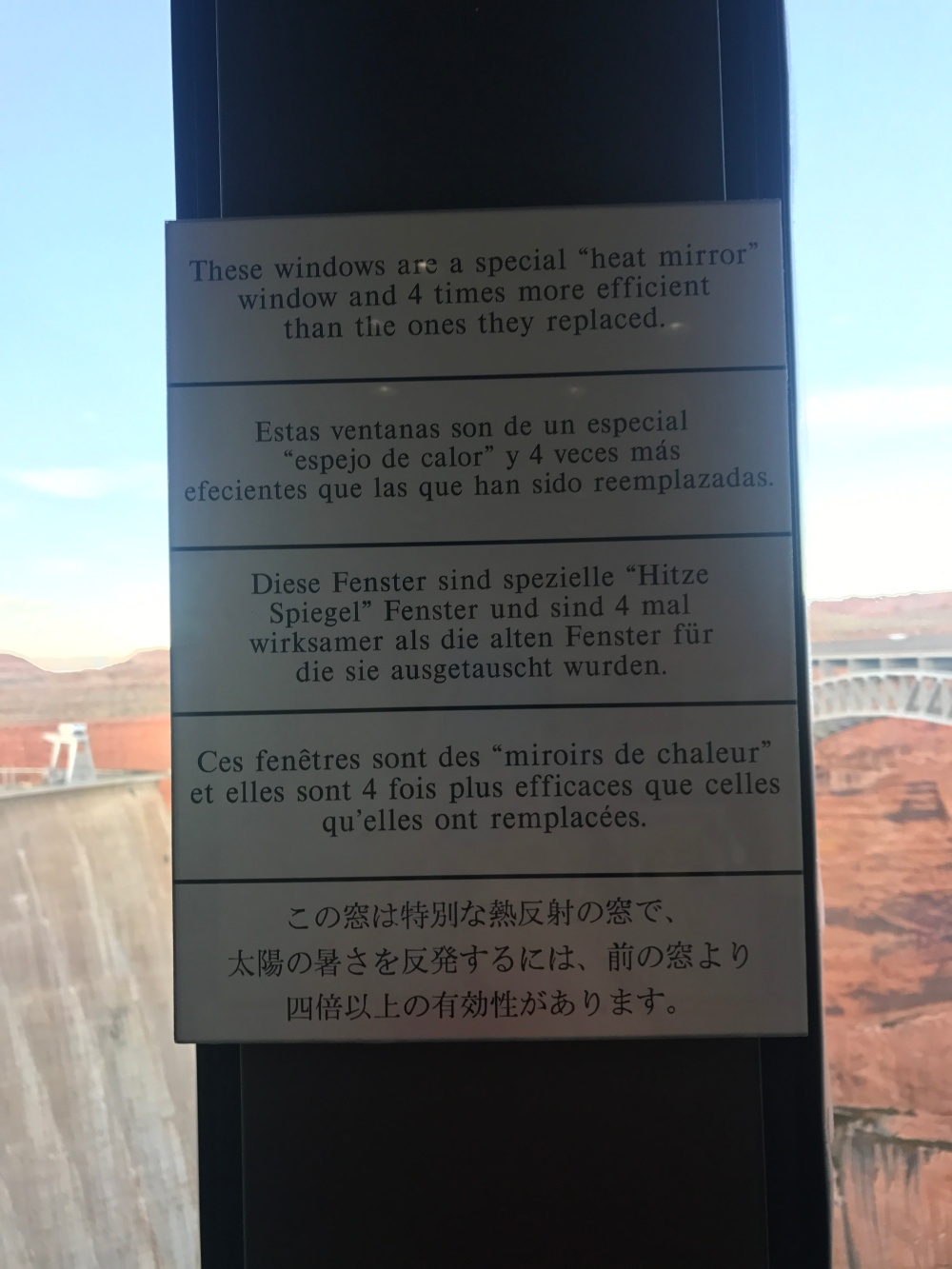
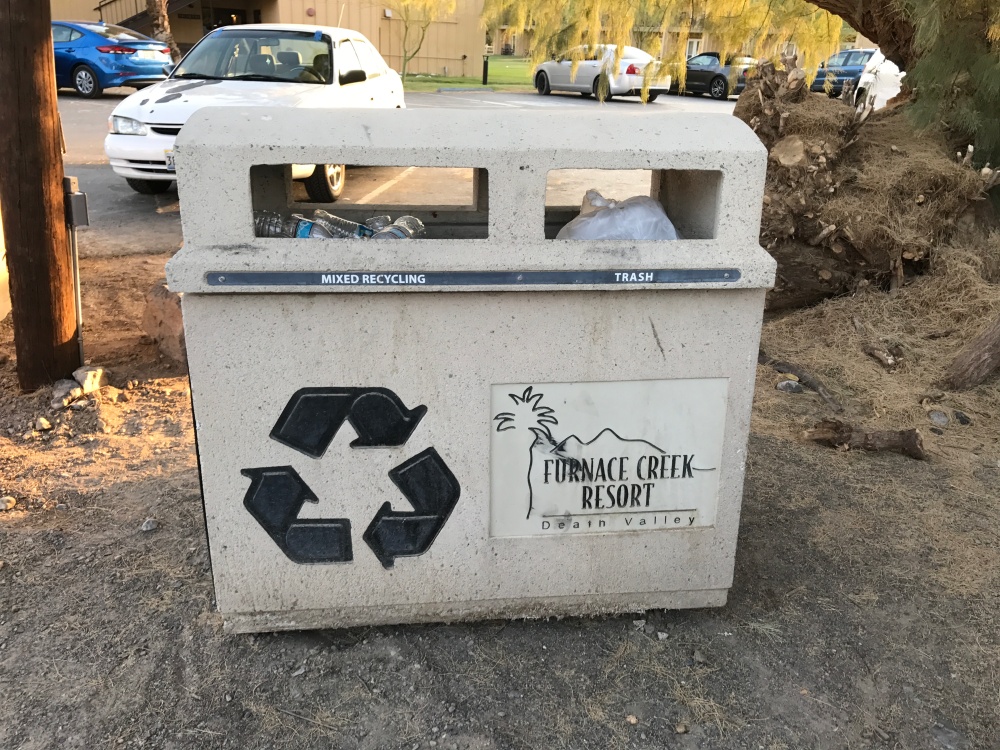
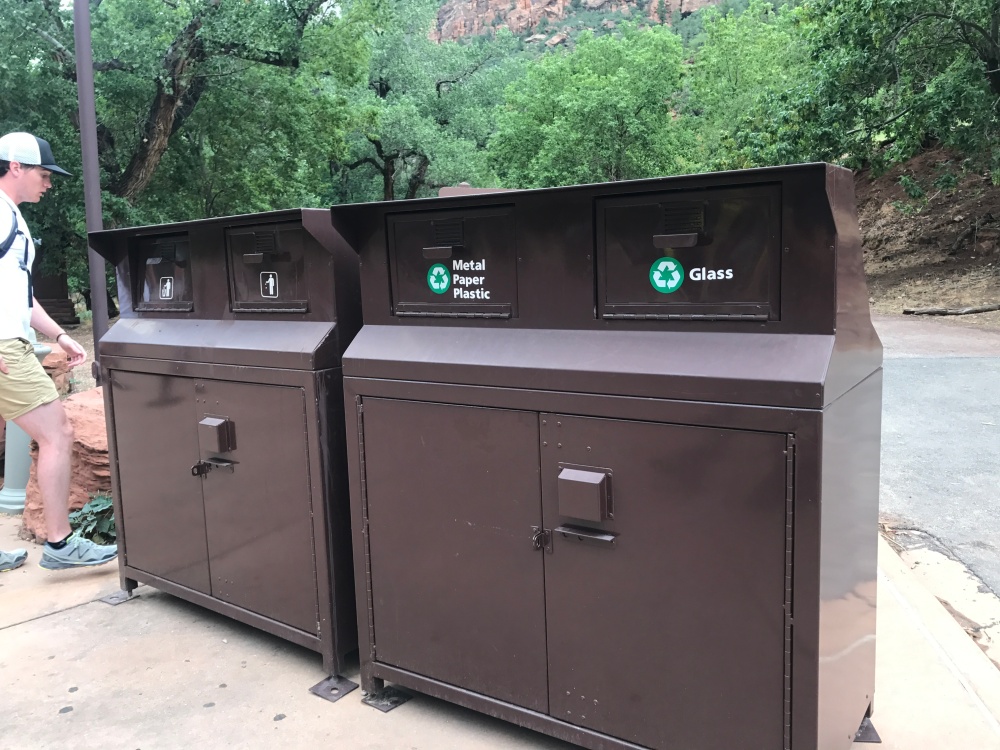
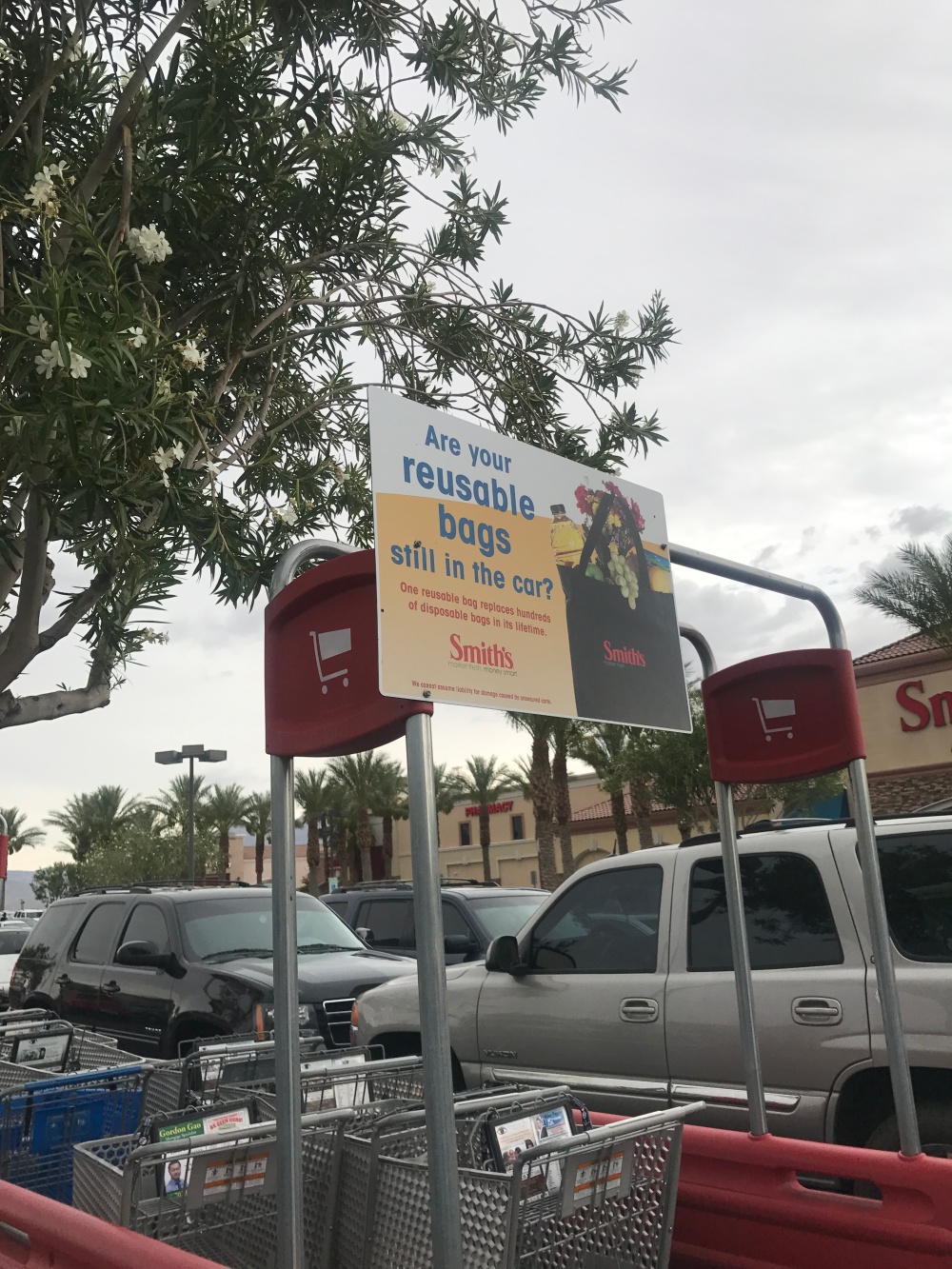

















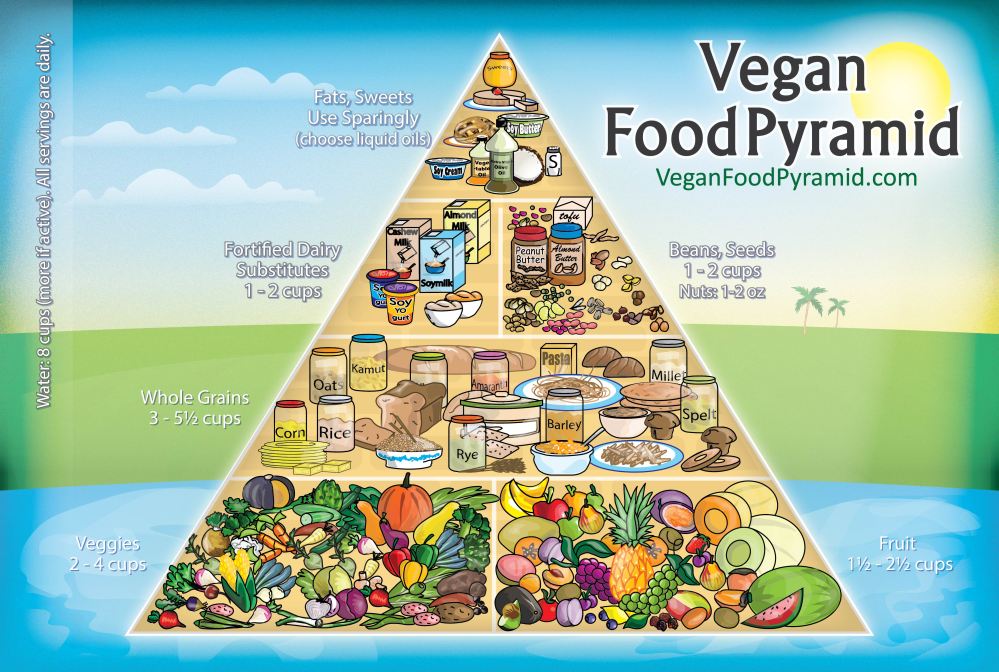











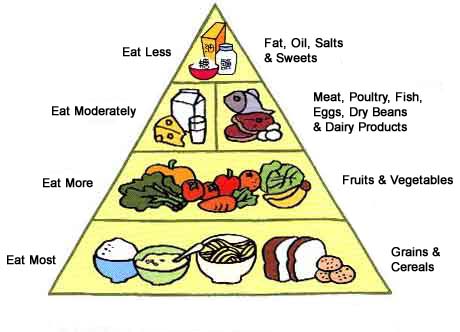
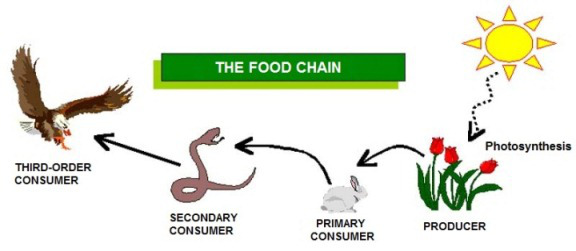






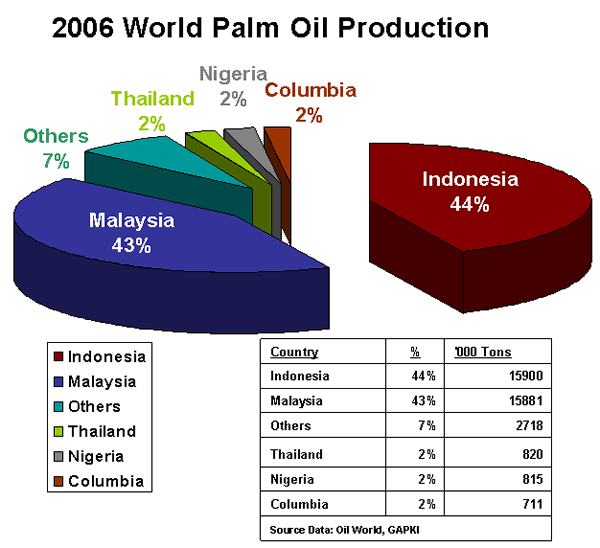
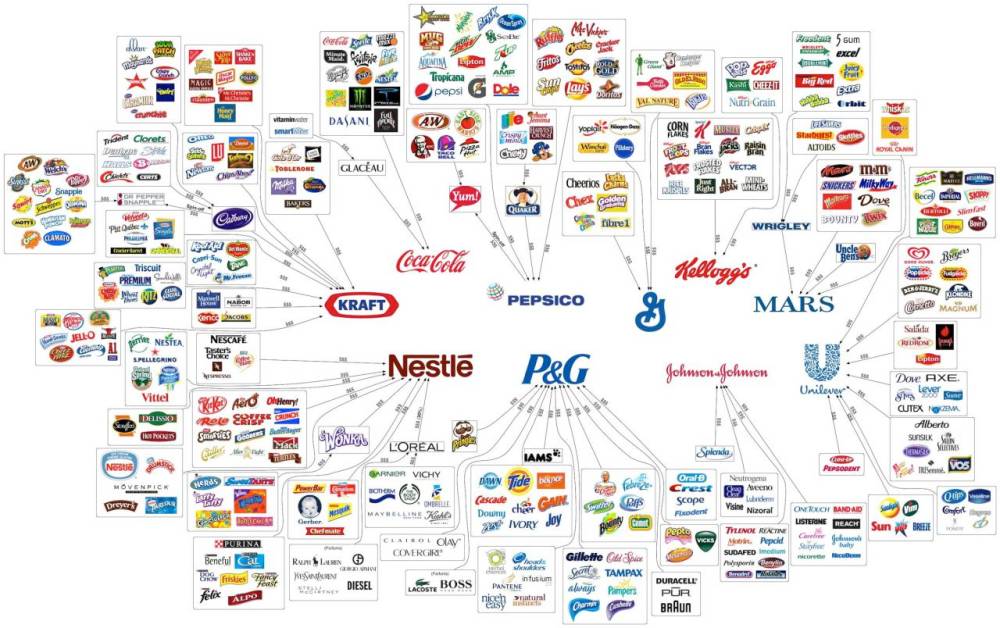
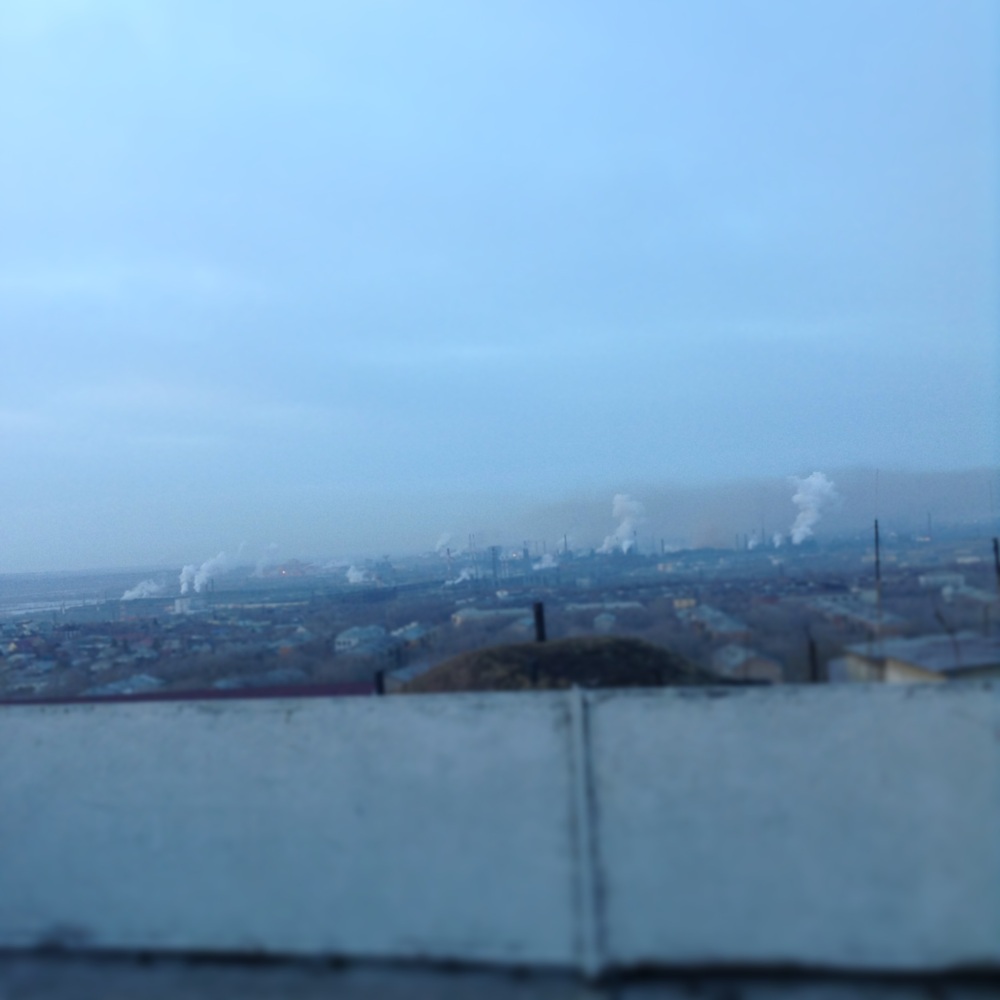
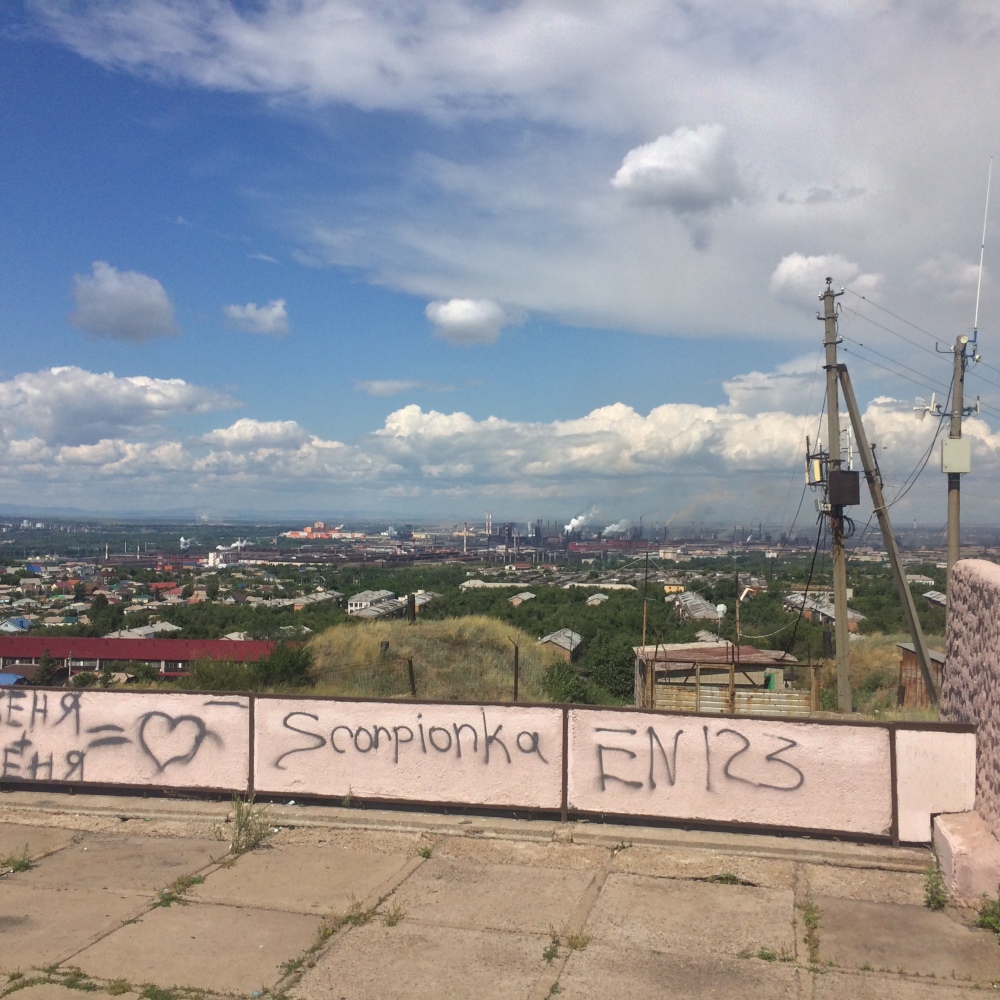

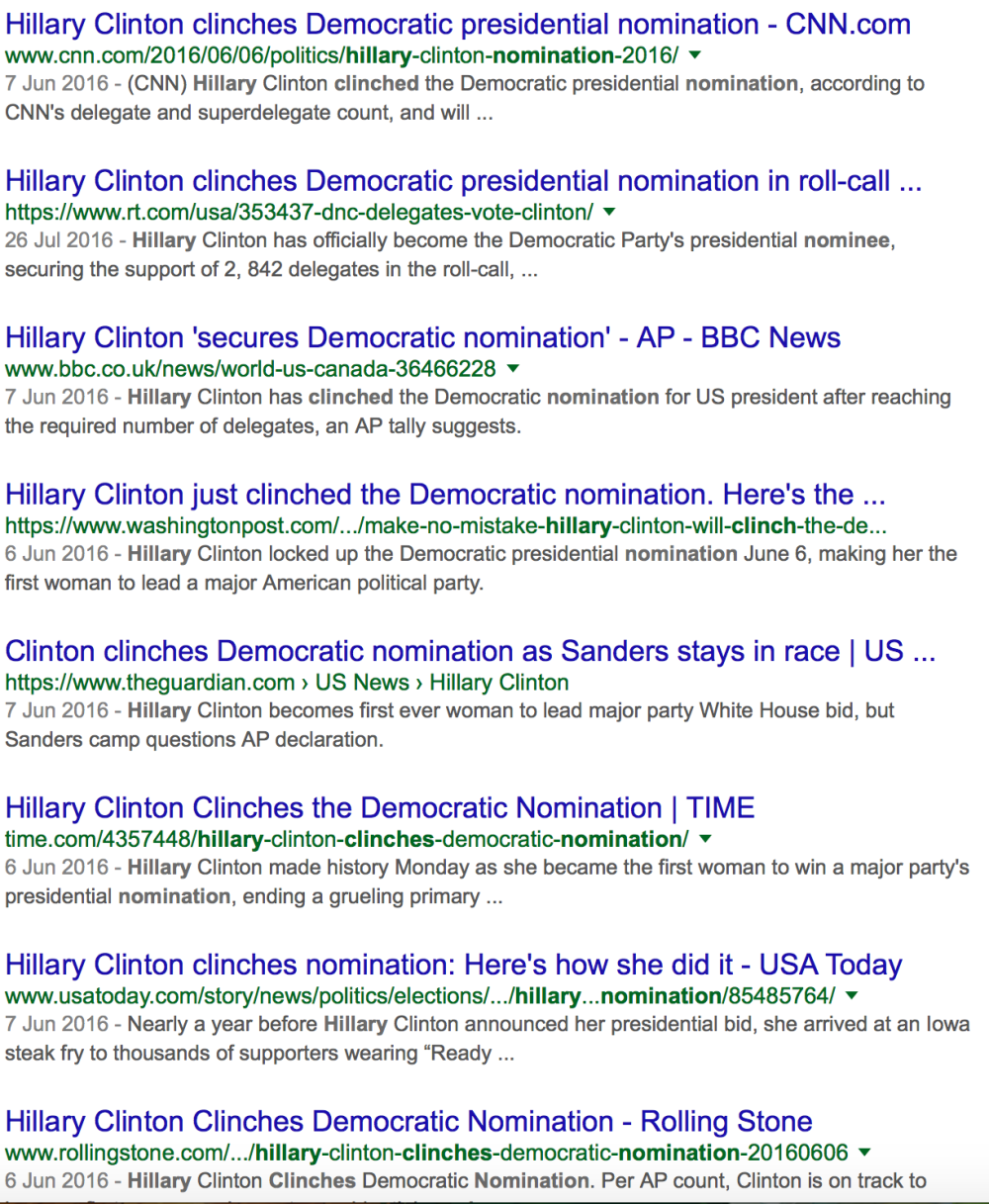



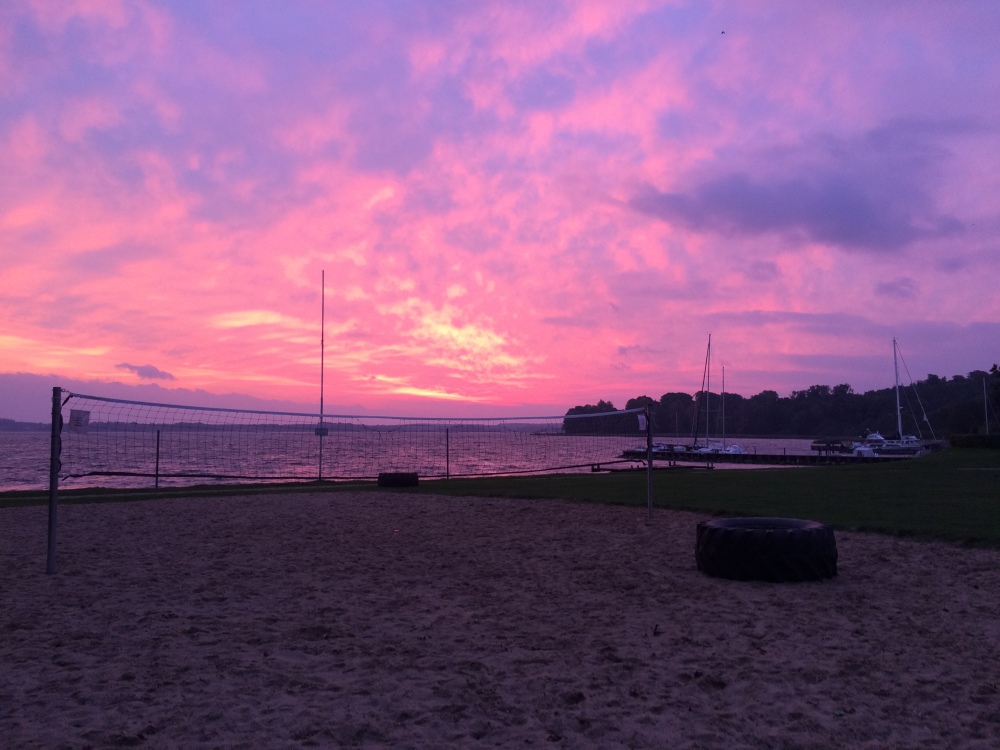 7:38AM
7:38AM 11:34AM
11:34AM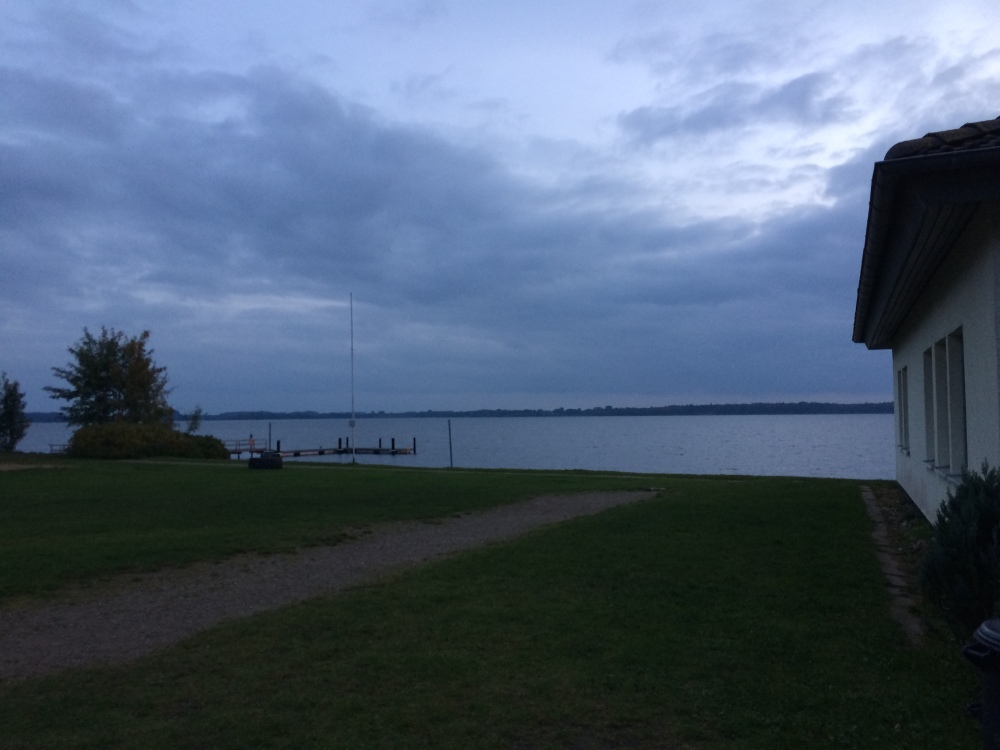 7:36AM
7:36AM